Best Scuba Diving in the USA
The triggers are everywhere: a diver-down bumper sticker, the lobster tank at the seafood market, a faint whiff of a far-off sea. We can’t make the call fast enough to our go-to buddy or dive shop. Then the question becomes which site to target. That’s why we’ve put together this collection of the country’s best scuba diving — spots to visit this weekend or to add to the agenda the next time you’re in a new city with time on your hands. After all, if you’re like us, there’s nothing you’d rather be doing than diving.
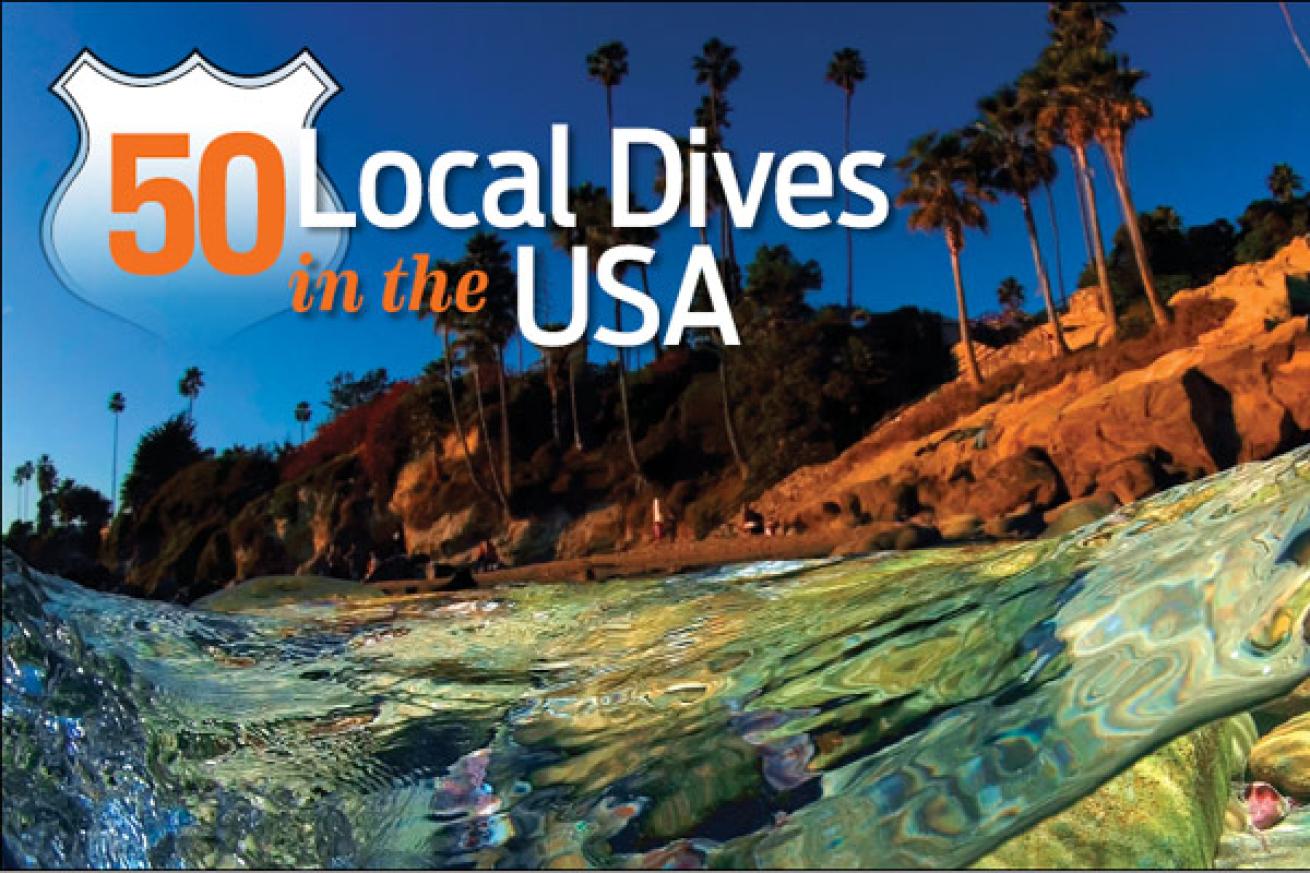
Dale KobetichAmerica's 50 Best Dive Sites
We’ve put together this collection of the best scuba diving in the USA — 50 of the best American dive sites to visit this weekend, from the East to West Coast and beyond. After all, if you’re like us, there’s nothing you’d rather be doing than diving.
Our Top 10 Places to Scuba Dive in the U.S.
- West Bank, Flower Garden Banks National Marine Sanctuary, Gulf of Mexico
- HMS Yukon, San Diego, California
- Strawberry Wall, Washington
- Manta Night Dive, Kona, Hawaii
- Sombrero Reef, Florida Keys National Marine Sanctuary, Marathon, Florida
- Bonne Terre Mine, Bonne Terre, Missouri
- U-352 Cape Lookout, North Carolina
- Dutch Springs, Bethlehem, Pennsylvania
- Catalina Island, California
- USS Oriskany, Pensacola, Florida
Wall of Life (aka Susan’s Hooters) Inian Islands, Alaska
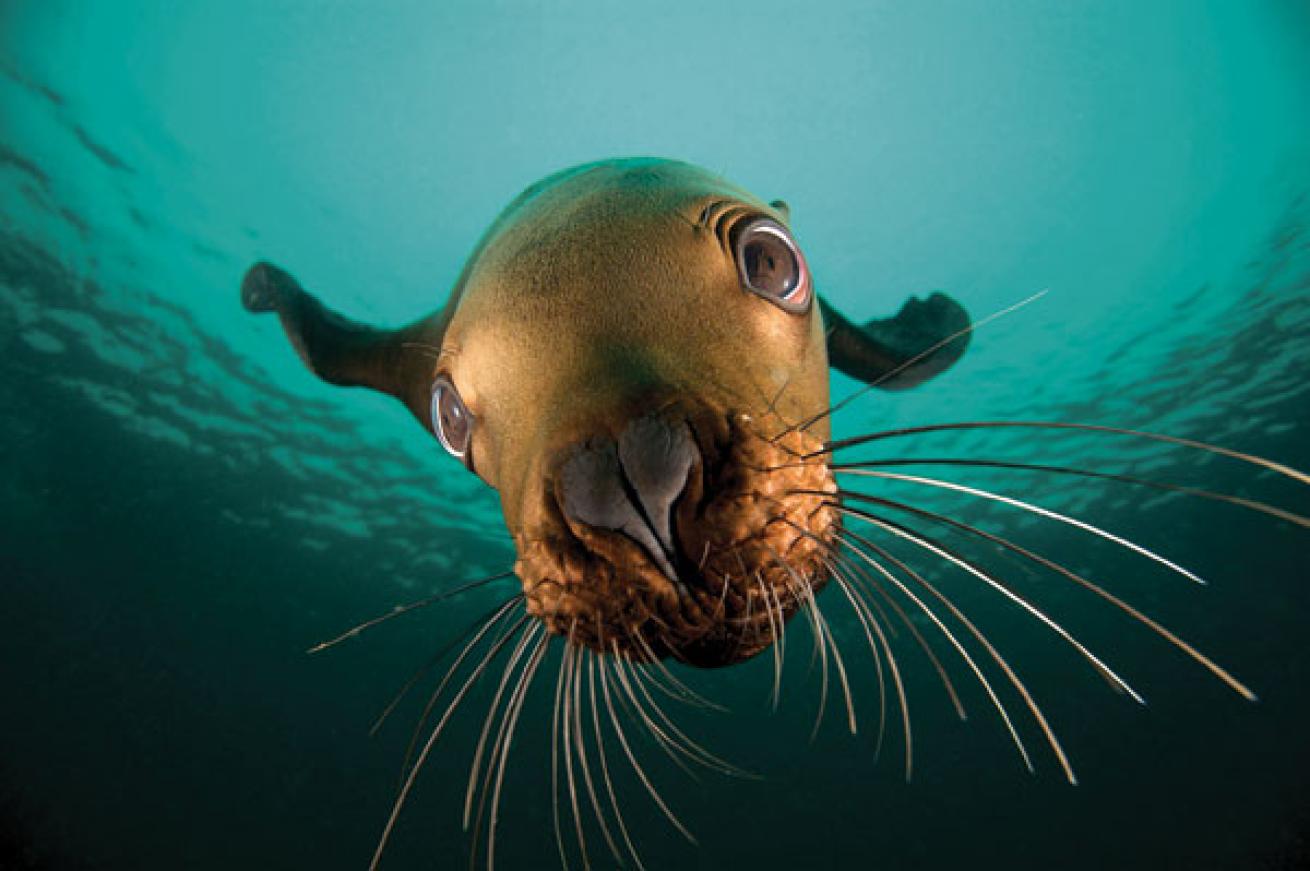
Alex MustardInian Islands, Alaska
A stellar example of prolific diversity, this site — beloved and nicknamed by DUI’s Susan Long — explodes with yellow, pink and purple soft corals, and nudibranchs by the hundreds. Divers will also encounter sea lions, octopuses and wolf eels, and can see a 40-foot-long patch covered with a just-discovered species of soft coral.
All You Can Eat Shrimp - Yakutat, Alaska
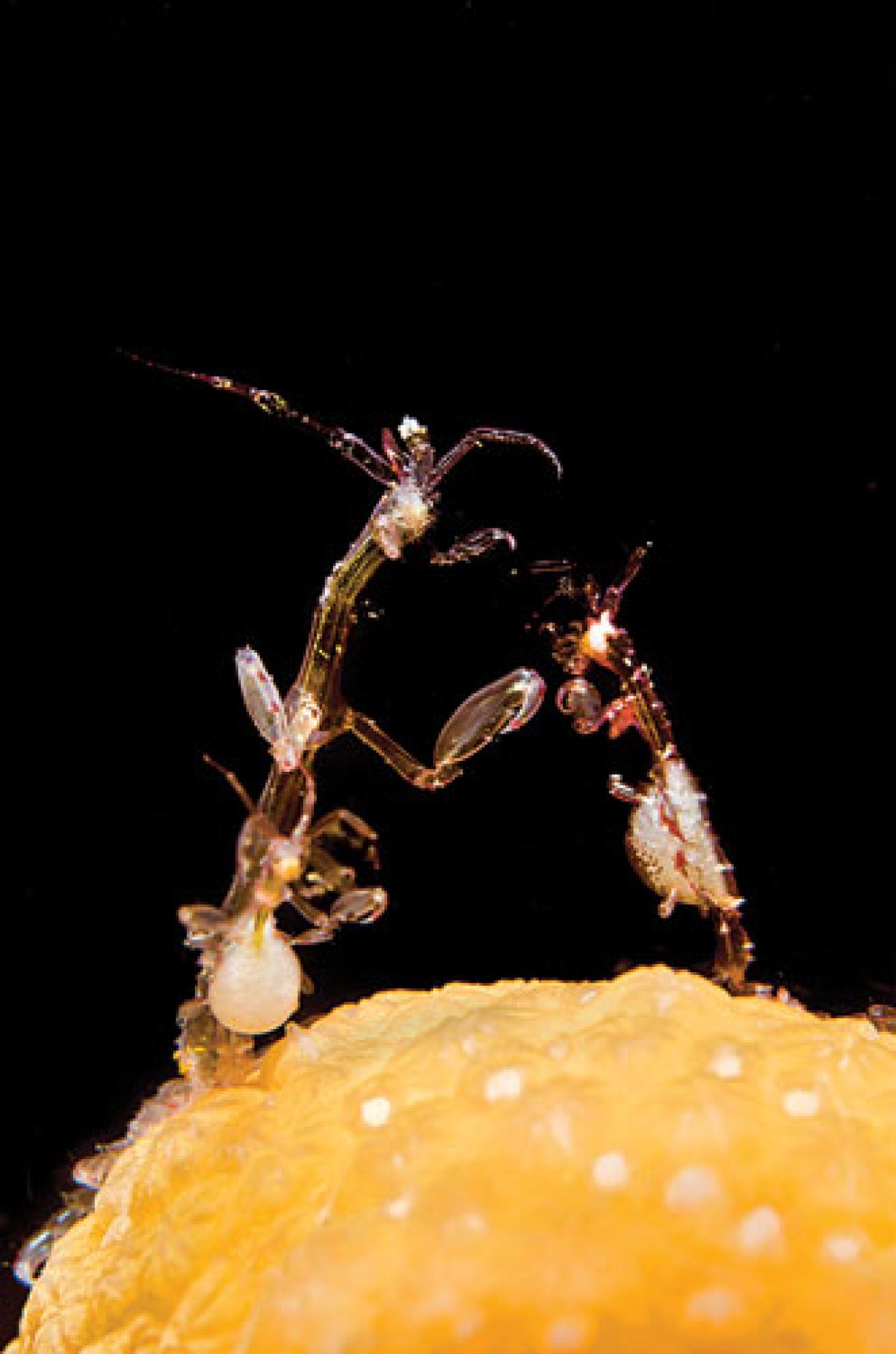
Alex MustardYakutat, Alaska
A cold-water muck dive, this newly found pinnacle site lies within swimming distance of the SS Princess Kathleen in the Lynn Canal near Glacier Bay National Park. “We found macro critters that we hadn’t seen anywhere else,” says photographer Jason Bradley. The site is also home to “disgustingly large swarms of skeleton shrimp,” as well as lumpsuckers, nudibranchs and crimson anemones.
Wooden Fingers - Baranof Island, Alaska
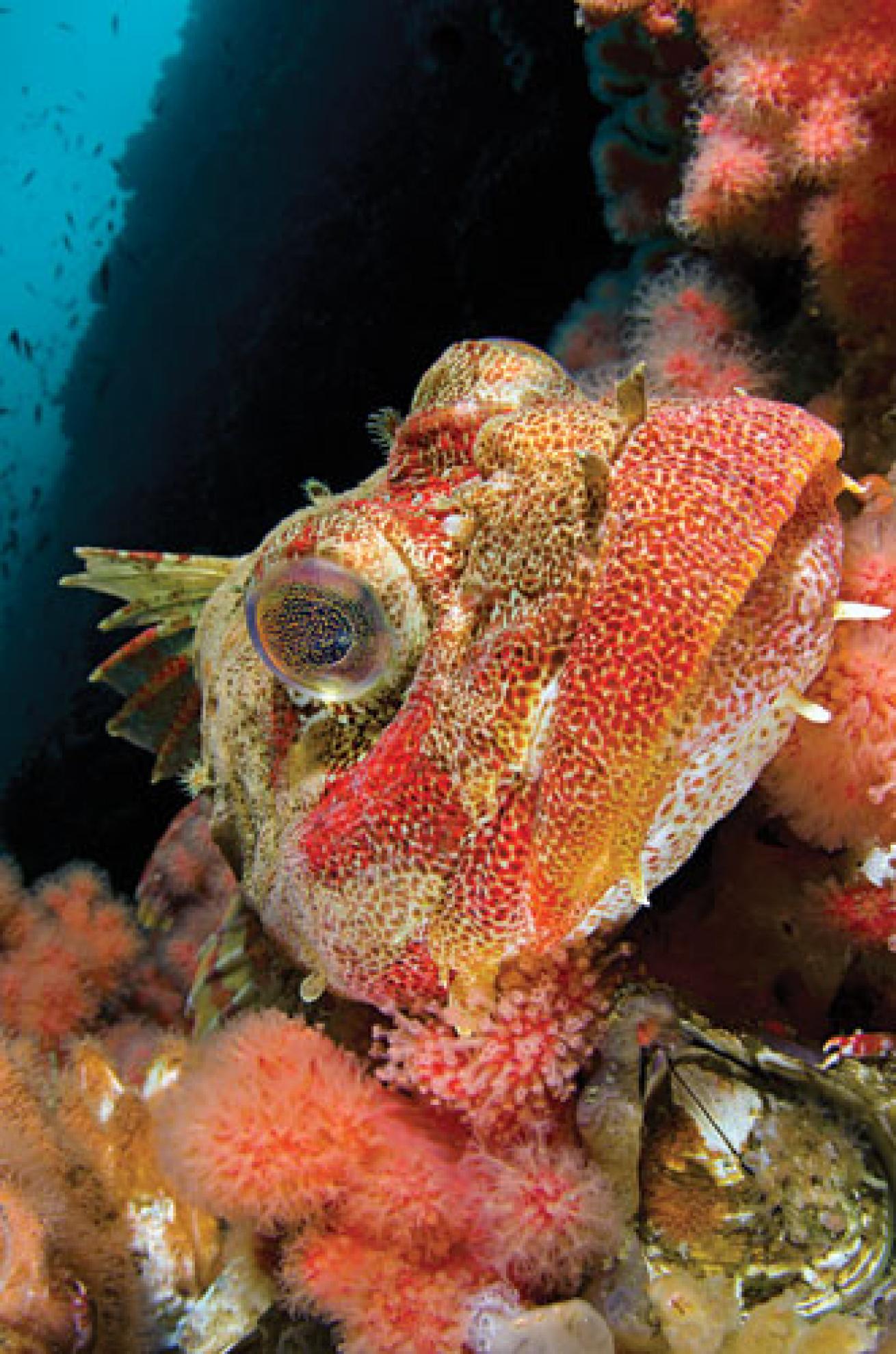
Cornforth Images/AlamyBaranof Island, Alaska
This site off the south end of Baranof Island offers a sweeping diversity of marine life among its rocky outcroppings. Dive the sand channels in between to encounter giant Pacific octopuses, free-swimming wolf eels, red Irish lords, krill and lots of metridium.
Sea Lion Rookery - Los Angeles/Santa Barbara Island, California
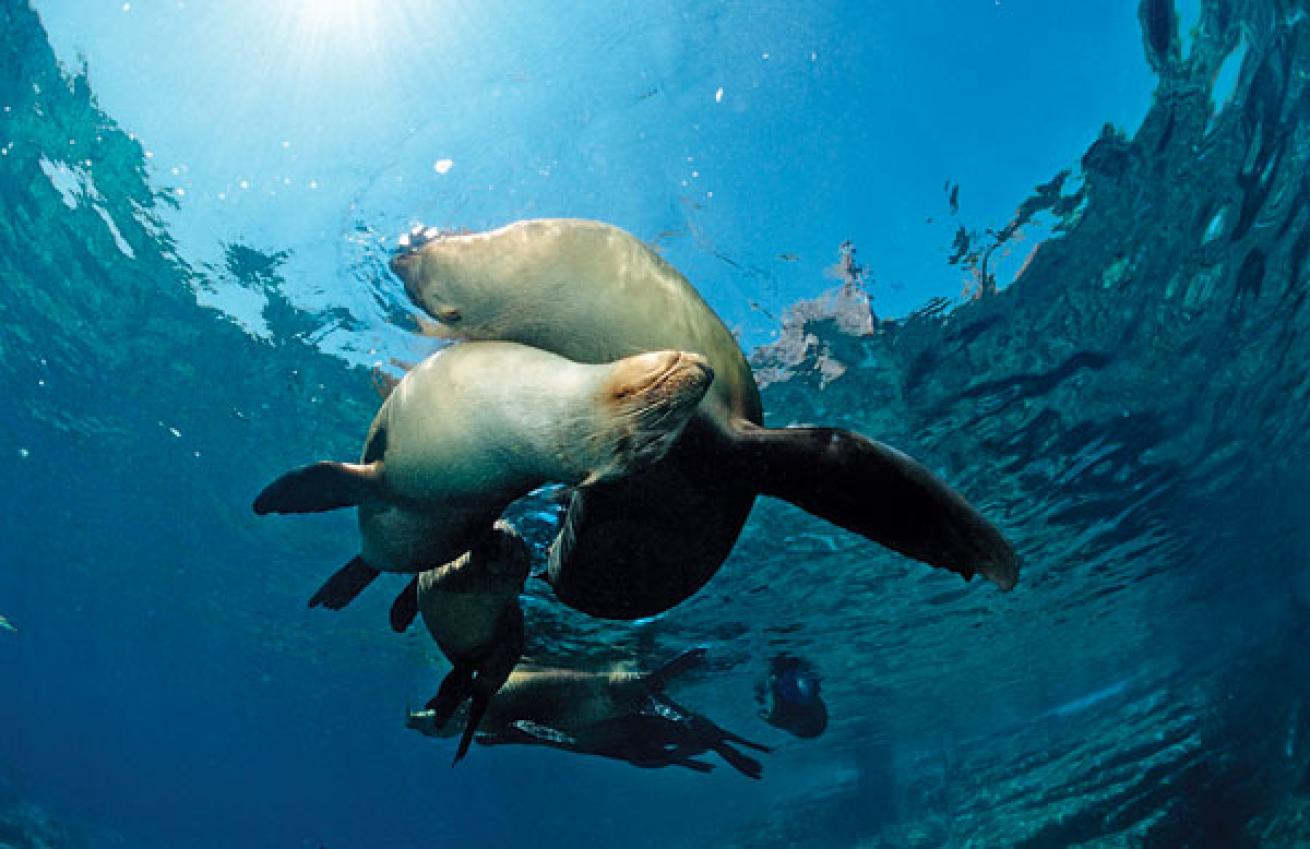
Reinhard DirscherlSanta Barbara Island, California
Bring a video camera to this popular site on the southeastern side of Santa Barbara Island: Face time with dozens of these super-playful and agile mammals is guaranteed. The tricks and acrobatics that they perform vary wildly, but their curiosity for divers is constant.
Ralph’s Ridge - Santa Barbara Island, California
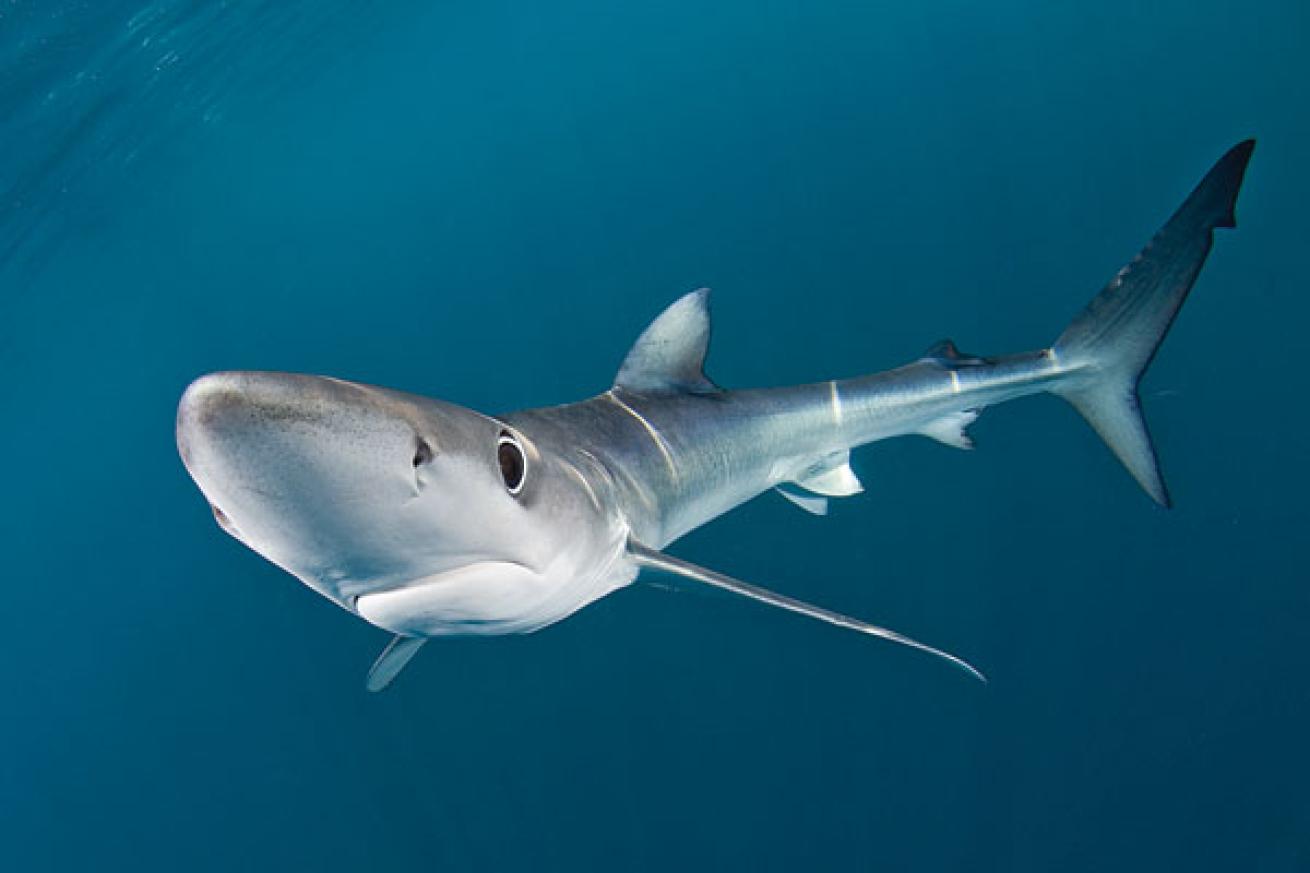
Andy MurchSanta Barbara Island, California
“This is a true haven for all that arrive to the Channel Islands from the open Pacific: giant sea bass, blue sharks, sea lions and harbor seals,” says award-winning photographer Ernest Brooks of this site off Santa Barbara Island. “It’s a place where I could hang out for days, observing the overhead canopy of kelp swaying.”
Metridium Fields - Monterey, California
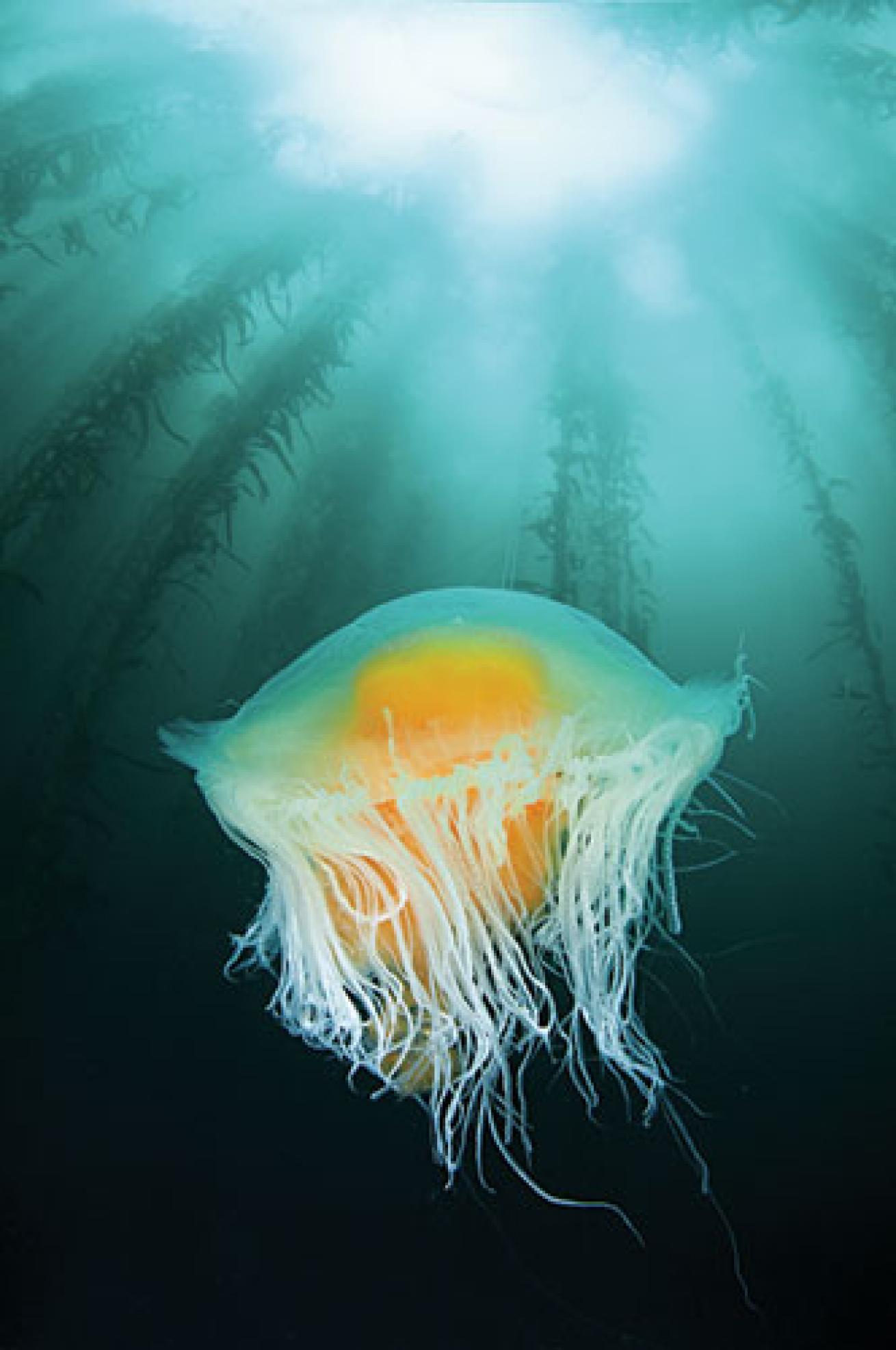
Jim PattersonMonterey, California
Most divers get a rush just swimming to this site. It can be hit or miss: Pelagics pass by regularly and you may get lucky. Seeing what is considered Monterey Bay’s best metridium stretch is a sure thing, but encounters with mola-molas, gray whales and other species can be a huge payoff.
HMCS Yukon - San Diego, California
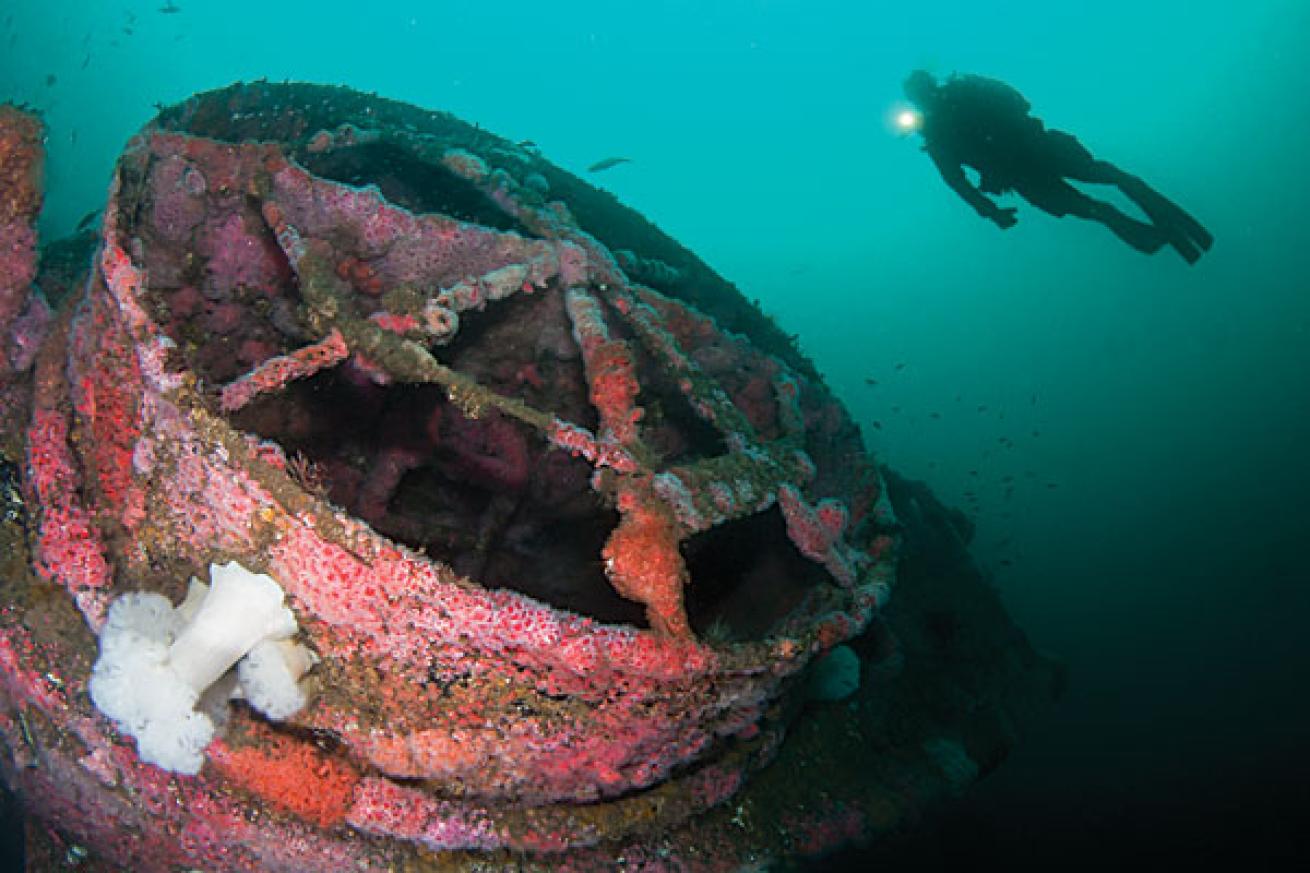
Andy SallmonSan Diego, California
Part of San Diego’s Wreck Alley — a series of six artificial reefs — this Mackenzie-class destroyer purpose-sunk in 2000 now lies on its port side at a depth of 100 feet. Aside from a slightly tricky orientation, the 366-foot-long wreck is ideal for penetration thanks to numerous entry and exit points cut into the steel hull. Expect marine life to be on the macro side: The wreck is dripping with white metridians and red strawberry anemones.
Dive Deeper: Tracking the Missing Metridiums of San Diego's HMCS Yukon
Kelp Forest - Catalina, California
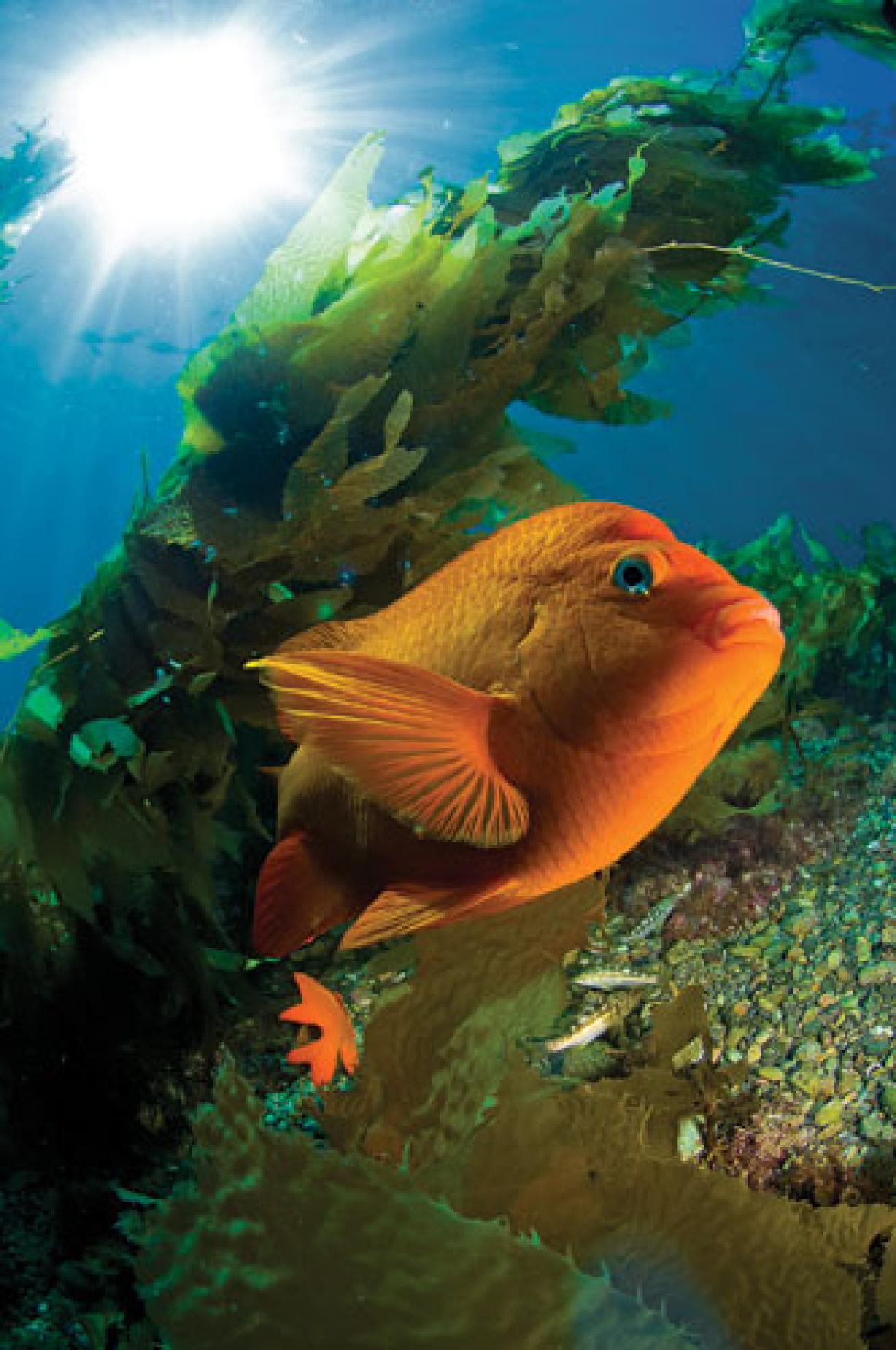
Todd WinnerCatalina, California
Catalina Island is a crown jewel of West coast scuba diving. Some of its more popular dive sites include Casino Point Dive Park, Ship Rock, Farnsworth Banks, Lover's Cove, Long Point, Blue Caverns, Yellowtail Point, Bird Rock and and Sea Fan Grotto. Expect to see abundant kelp forests, giant black sea bass, sheep crab, sea lions, and of course, garibaldi.
Dive Deeper: A Local Diving Guide to California’s Catalina Island
Hebe - Myrtle Beach, South Carolina
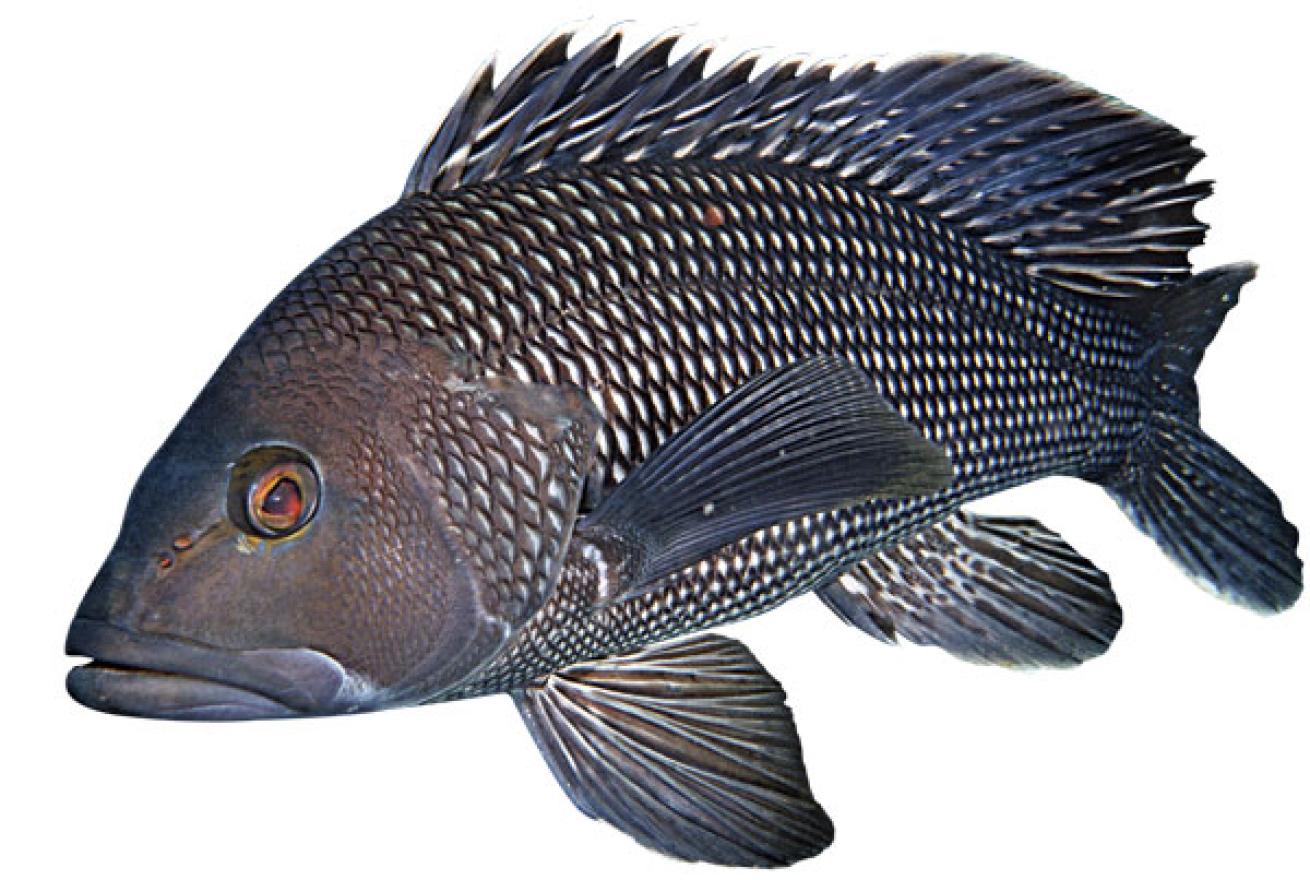
Marilyn & Maris Kazmers/seapics.comMyrtle Beach, South Carolina
Forty-two miles off the coast, this merchant vessel 115 feet down attracts “pretty much everything — turtles, baitfish, hundreds of amberjack, grouper and stacks of barracuda,” says Cameron Sebastian, Coastal Scuba operations manager. Sand tigers appear in fall and winter.
Pelagic Magic - Kailua-Kona, Big Island, Hawaii
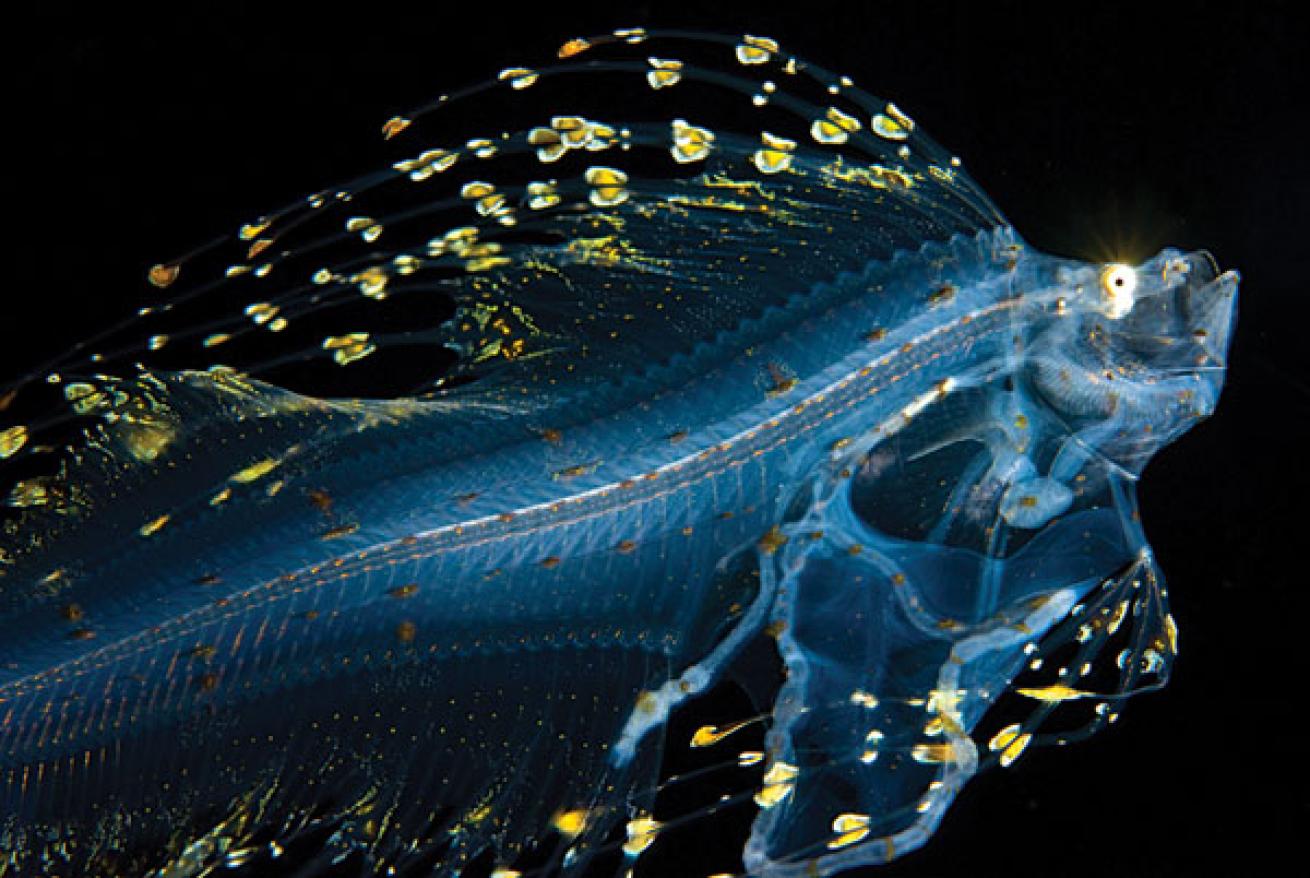
Josh LambusBig Island, Hawaii
Avid diver James Cameron found inspiration for The Abyss from deepwater comb jellies. See these and other oddities while cruising through dark, open water three miles off the Kona coast. Sights vary nightly but can include tunicate colonies, bioluminescent pyrosomes and other creatures wilder than your imagination.
Dive Deeper:
The Magical World of Blackwater Scuba Diving
The Ultimate Guide to Scuba Diving Hawaii's Big Island
Manta Night Dive - Kona, Big Island, Hawaii
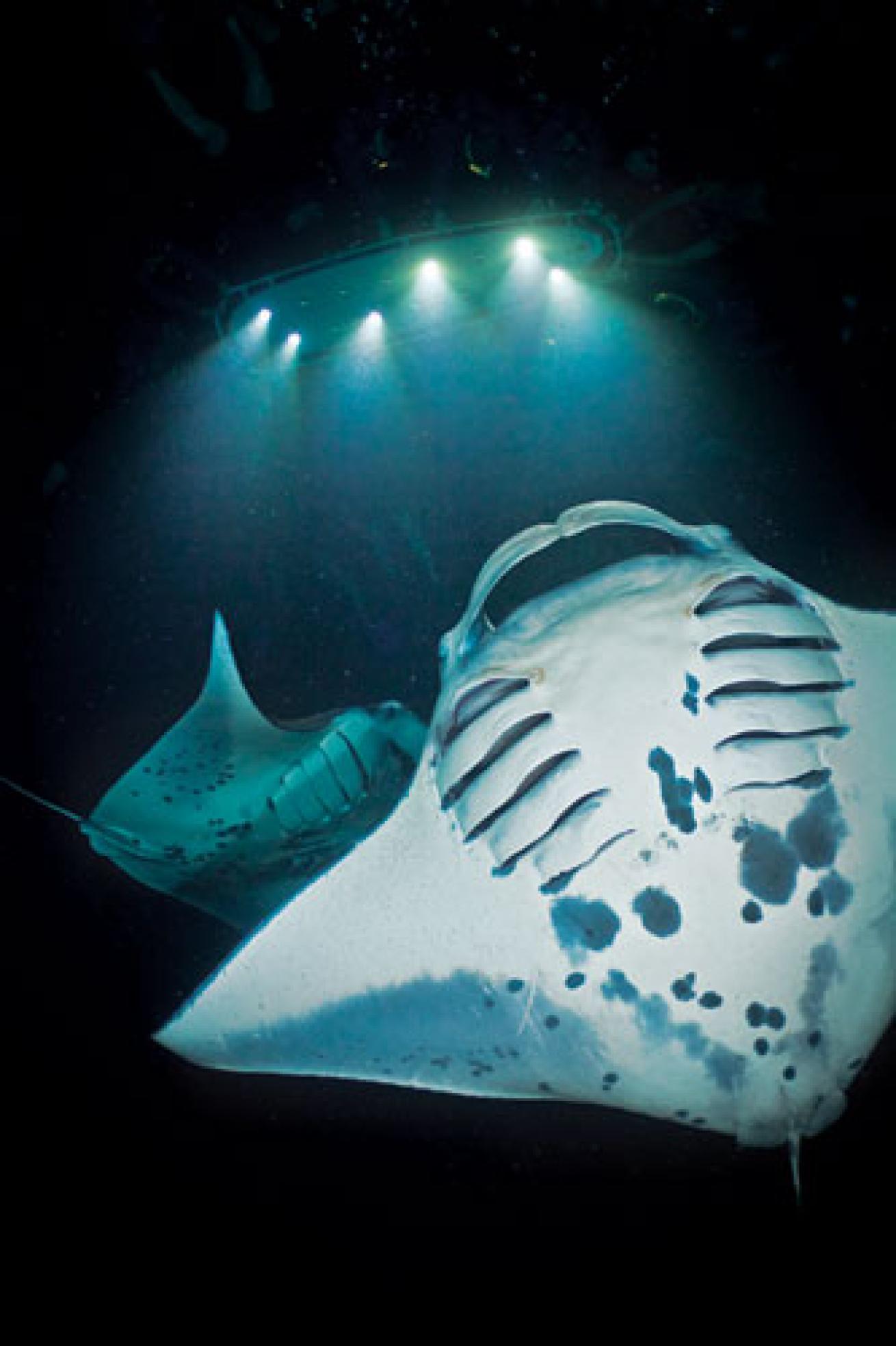
Masa UshiodaBig Island, Hawaii
Shine a dive light, feed a manta at this Kona dive site where up to 30 or more of these giants appear approximately 85 percent of the time. With a depth of 35 feet, the site offers long bottom times, between 45 minutes to an hour. Divemasters have identified 180 of the rays that appear regularly. See recent dive reports and identify individual mantas by visiting mantapacific.org.
Dive Deeper: Manta Ray Night Dives in Kona
Mahi - Oahu, Hawaii
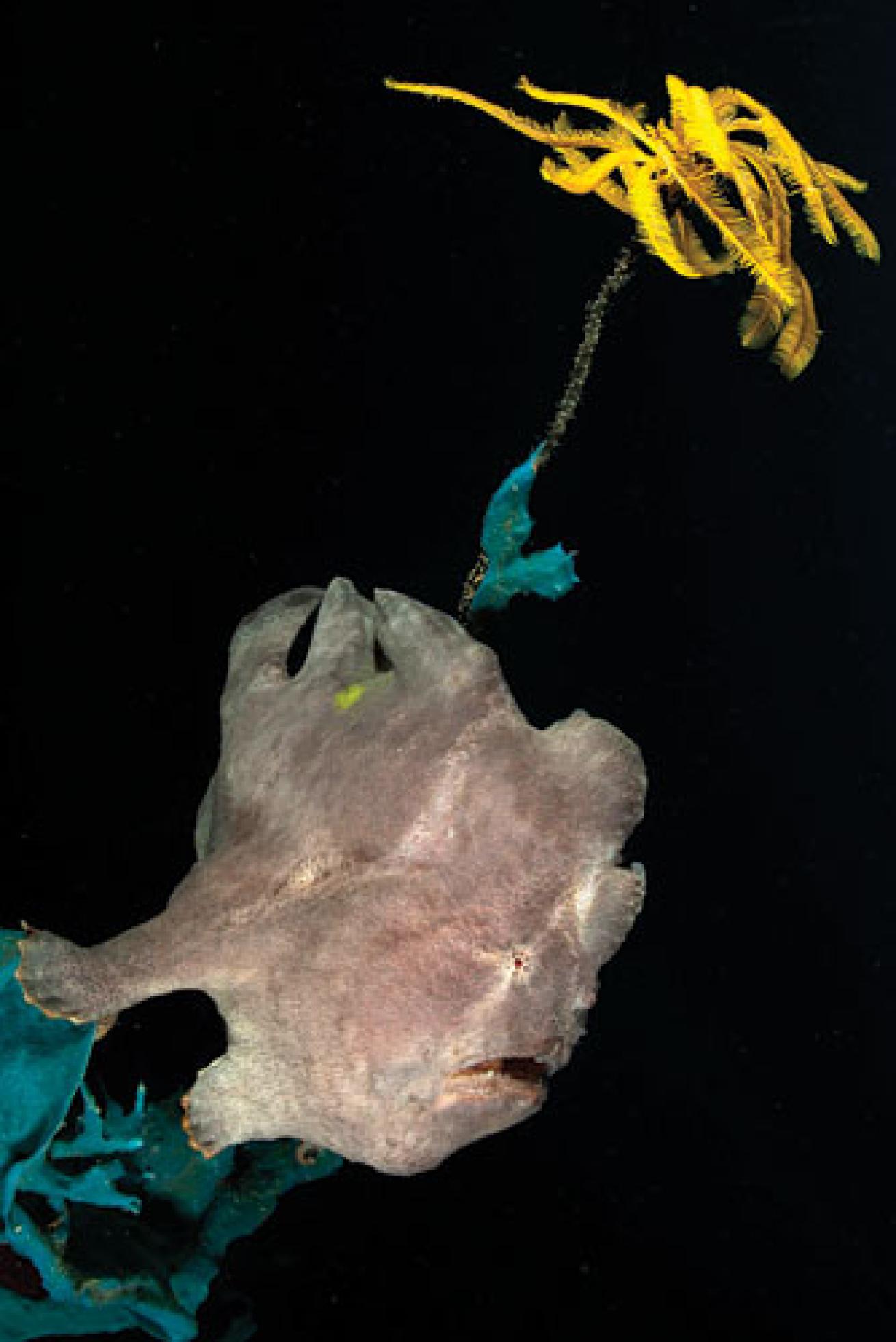
Claudio GazzaroliOahu, Hawaii
This 185-foot long WWII minesweeper at 90 feet is home to octopuses, frogfish and loads of endemic species.
Dive Deeper: The Ultimate Guide to Scuba Diving Oahu
Five Caves - Makena, Maui, Hawaii
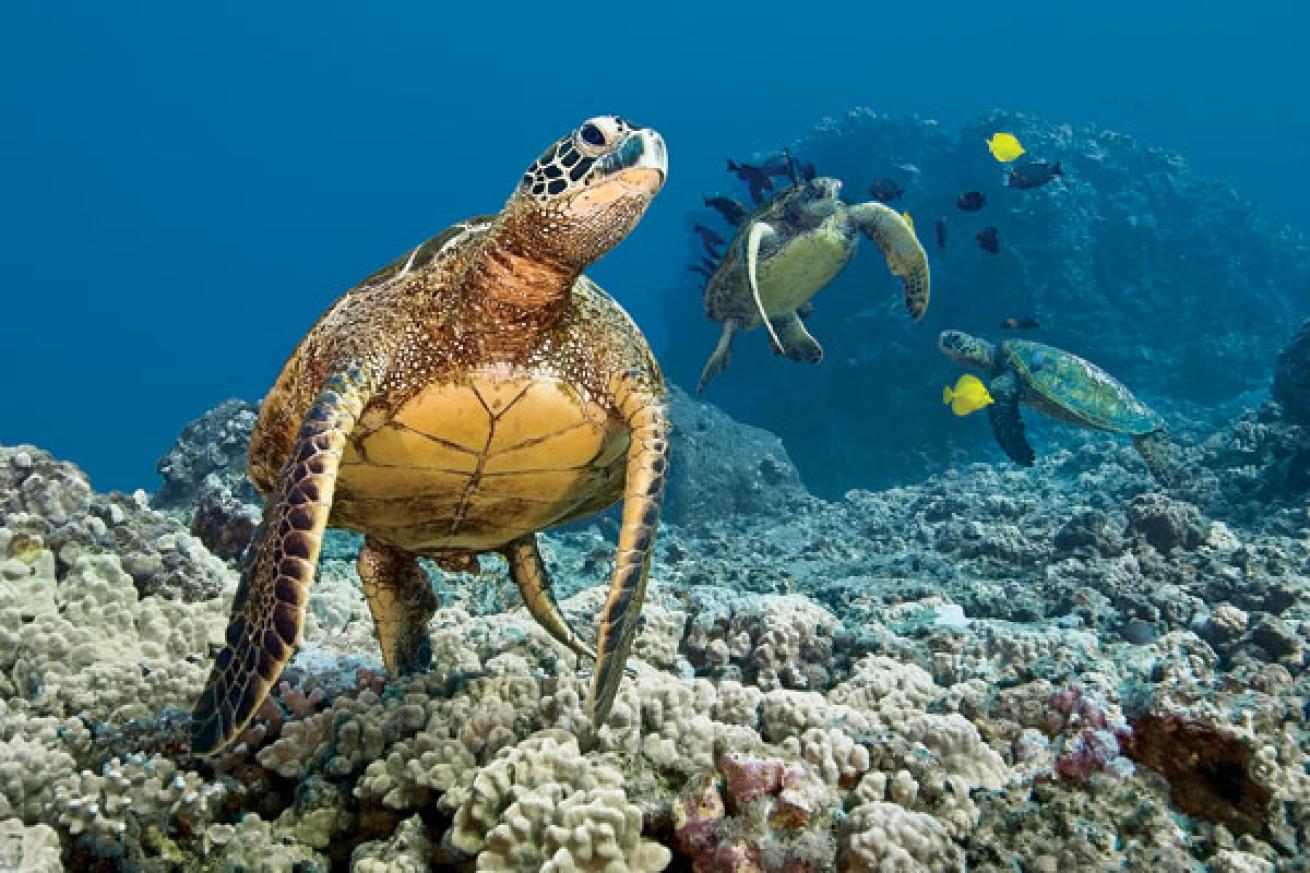
Masa UshiodaMaui, Hawaii
Weave through this warren of dramatic arches and lava-tube caverns to find whitetip sharks, frogfish and spotted eagle rays. This site is also called Turtle Town, so you know what else you’ll see there in huge numbers. With a maximum depth around 40 feet, this site is accessible from local dive boats and by a short surface swim from Makena Landing Beach Park. It also makes an excellent night dive.
Sand Harbor - Incline Village, Nevada
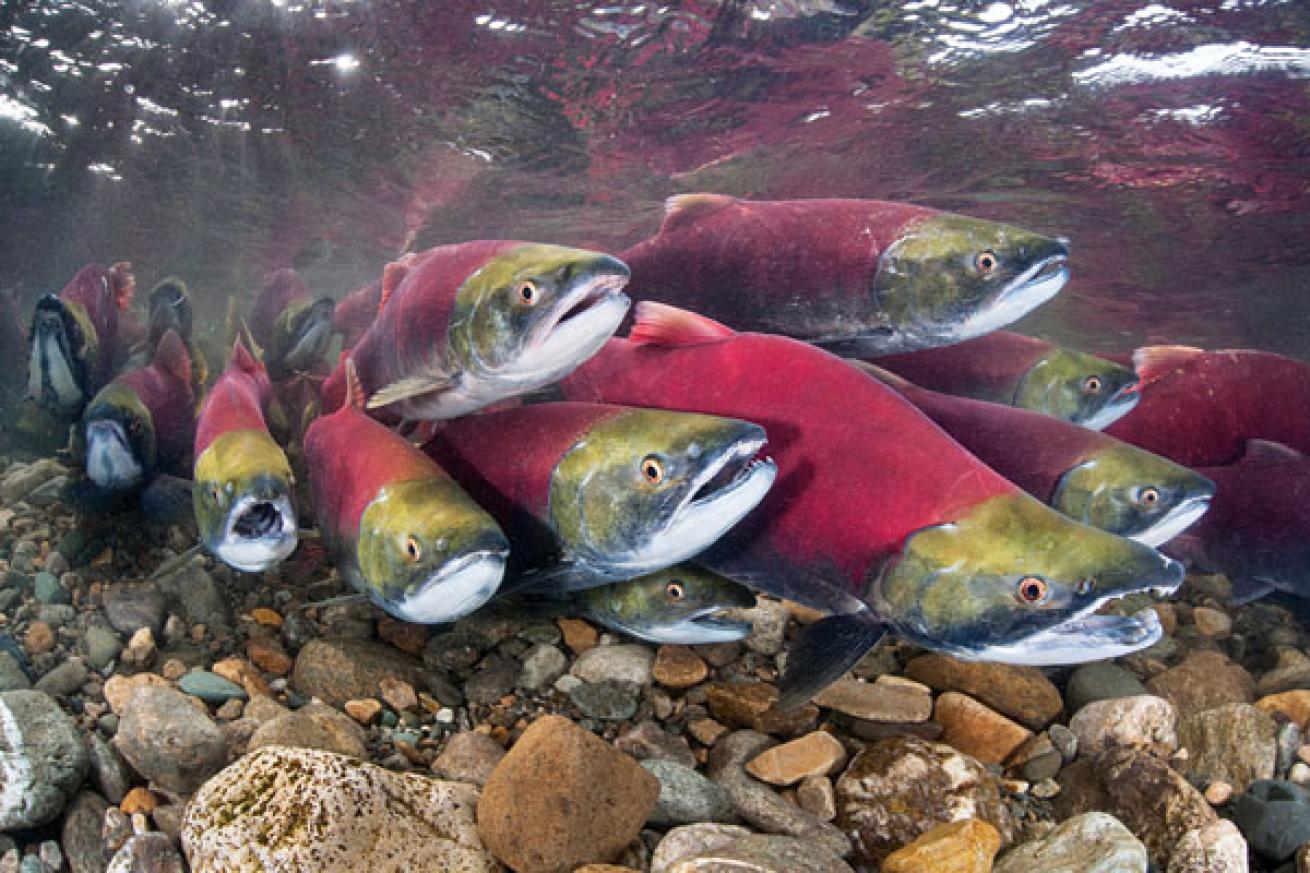
Alex MustardIncline Village, Nevada
For visibility that can stretch to 75 feet, dive Lake Tahoe. At this site near the Sand Harbor Beach State Recreation Area, choose to stay as shallow as 25 feet while checking out crawdads, salmon and minnow schools, or head to the edge of the wall, where dump-truck-size boulders are a highlight.
Dive Deeper: How to Scuba Dive Lake Tahoe
Keystone Jetty - Whidbey Island, Washington
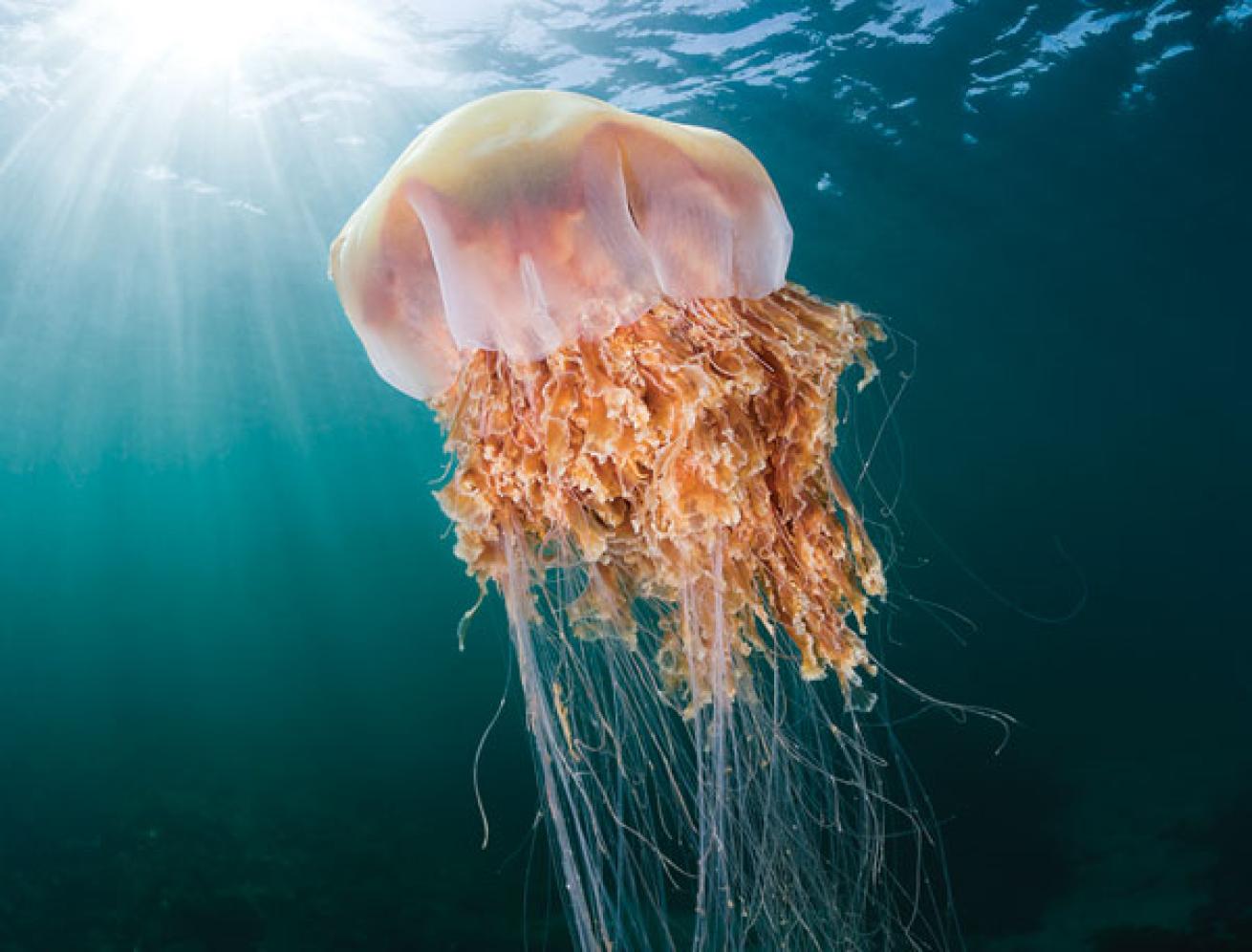
Tom RadioWhidbey Island, Washington
A go-to location for giant Pacific octopus encounters, this Whidbey Island site 30 minutes north of Seattle is also prime ground for spotting well-camouflaged red Irish lords, cod, kelp and big schools of rockfish. Unless you’re a pro at handling strong currents and extreme tides, it’s best to dive the jetty with a local guide.
Dive Deeper: A Scuba Diver’s Guide to Washington’s Whidbey Island
Strawberry Wall - Strawberry Island, Washington
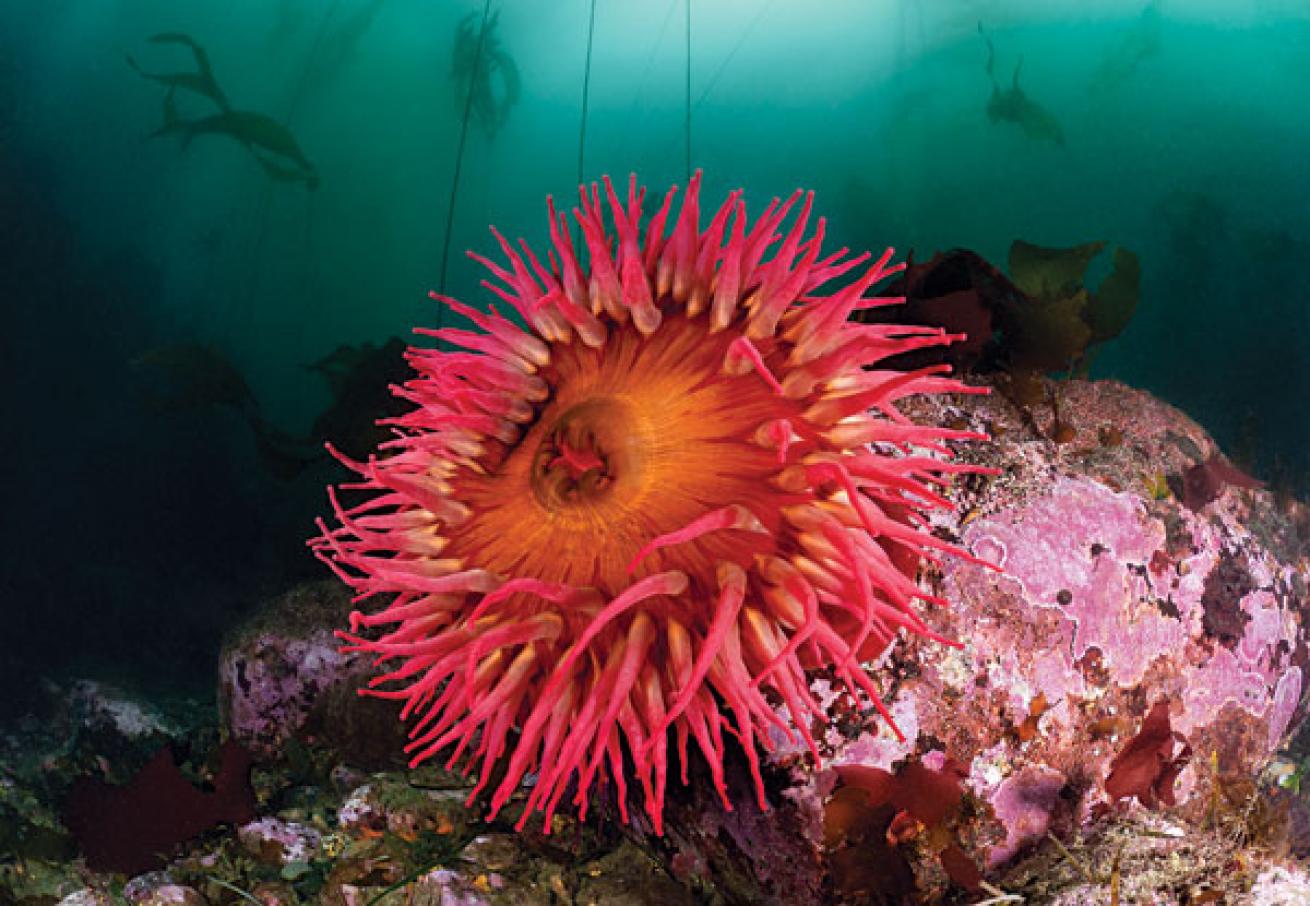
Tom RadioStrawberry Island, Washington
So named for the blanket of strawberry anemones, this San Juan Islands dive site is “mind-bogglingly beautiful,” says Anacortes Diving’s Tracy Peterson. Found off Strawberry Island in the Rosario Strait, this area is home to bull kelp, rockfish, plumose anemones, green sea urchins and orange slipper sea cucumbers. Currents run upwards of 10 knots; depth varies from 70 to 100 feet.
Denver Aquarium - Denver, Colorado
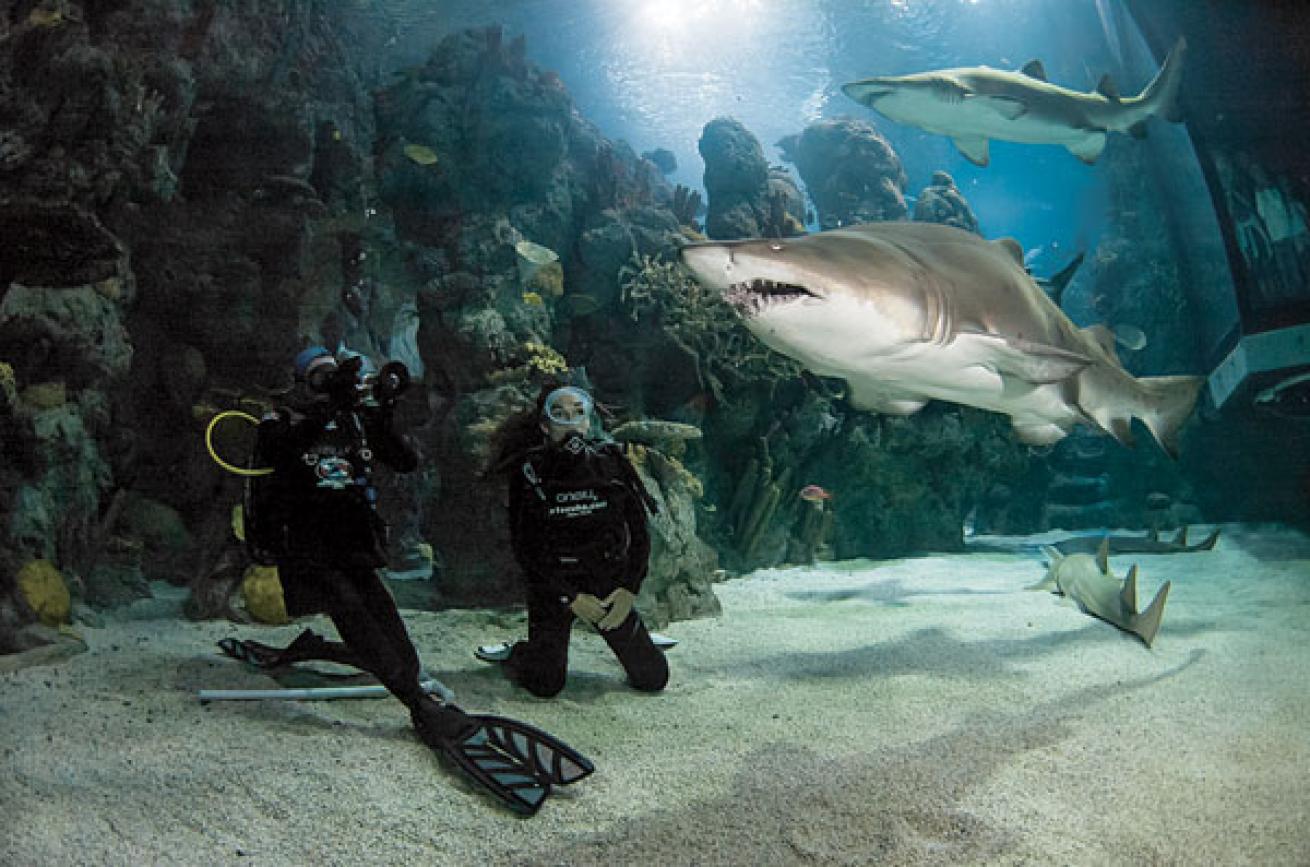
Doug SlossDenver, Colorado
Meet the resident 400-pound grouper, as well as yellowfin tuna, 300-pound sea turtles, eels, nurse sharks and barracuda that live in this 200,000-gallon environment. For a more hair-raising experience, try the Sunken Shipwreck experience: Learn about the rotating cast of up to 15 species of shark — including sand tigers, lemons, sandbar and zebra sharks — and then dive among them.
Dive Deeper: Eight U.S. Aquariums Where You Can Go Scuba Diving
Bonne Terre Mine - Bonne Terre, Missouri
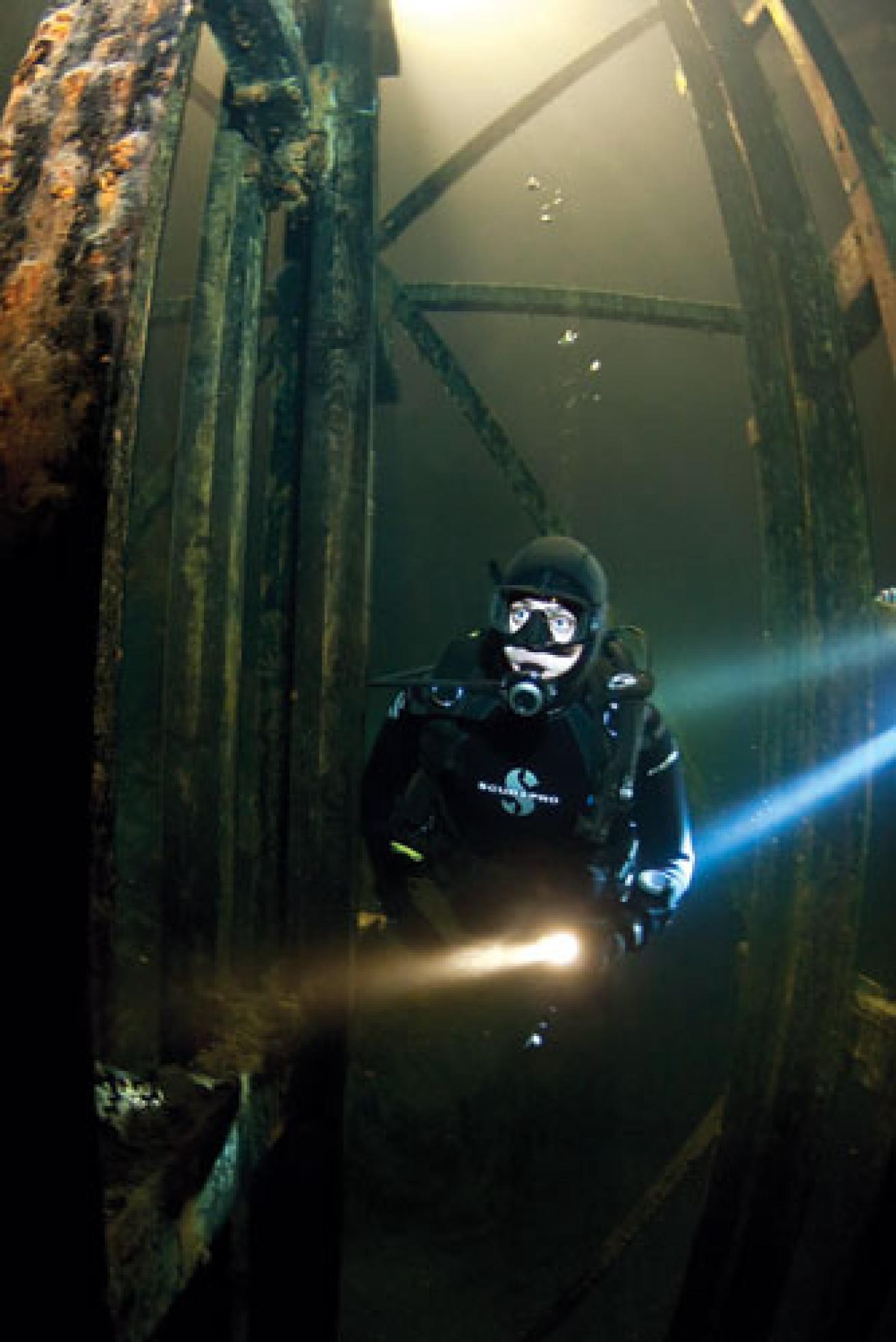
Andy MorrisonBonne Terre, Missouri
Twenty-four numbered dive trails weave through this flooded former lead mine that boasts 100 feet of visibility. Ore carts, trestles and trains remain, as do the structures of the maintenance shop, theater and more. Guides are required, and divers of all experience levels must start with Trail One.
PS Lady Elgin - Highwood, Illinois
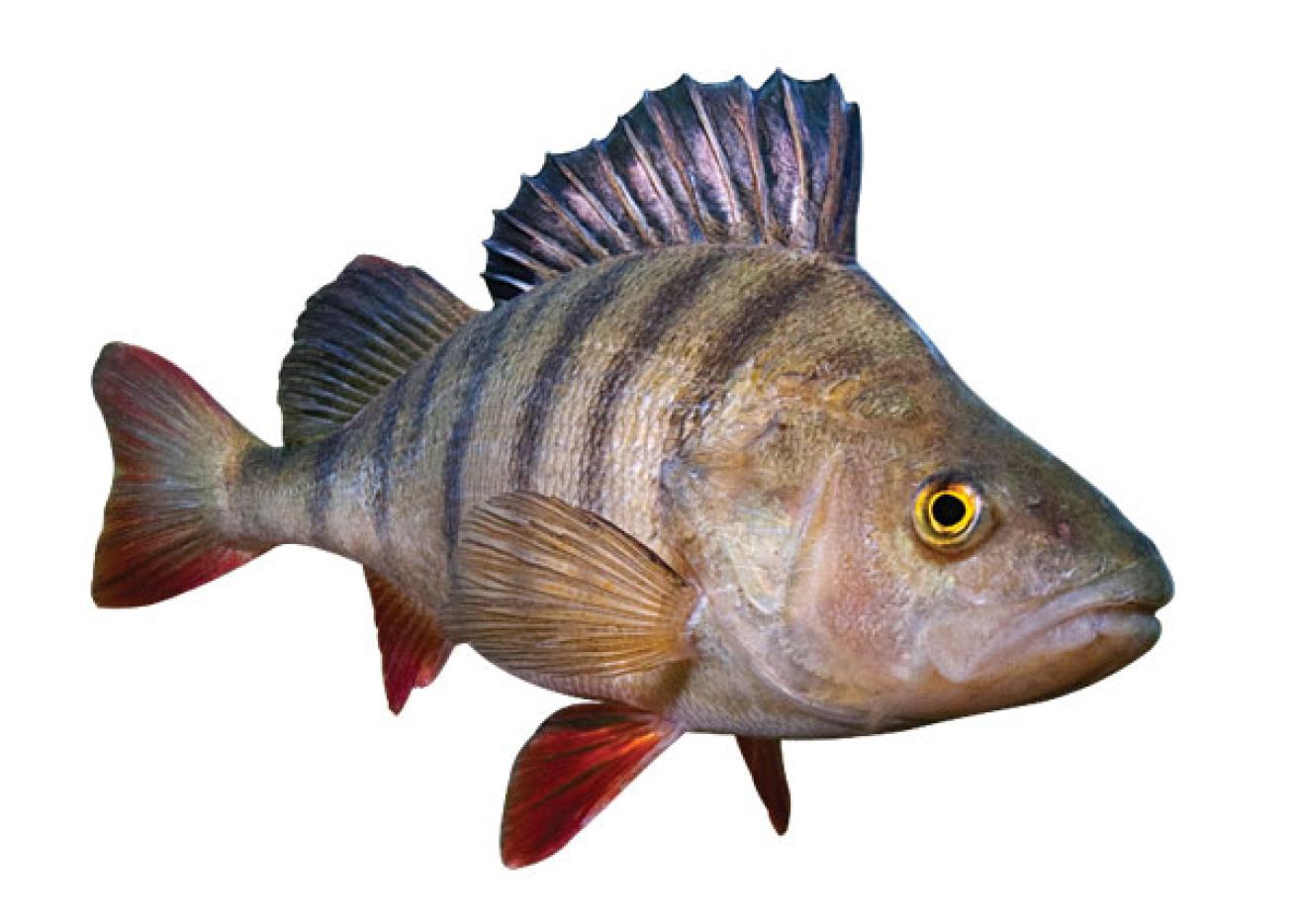
Alex MustardHighwood, Illinois
When shipwreck hunter Harry Zych rediscovered this 252-foot-long wooden-hull steamship in 1989, he launched a controversy regarding archaeological rights. The remains lie in four debris fields starting at a depth of 60 feet. Swim among them to find the bow, boiler, machinery and side wheels downed in 1860.
Cornelia B. Windiate - Thunder Bay National Marine Sanctuary, Michigan
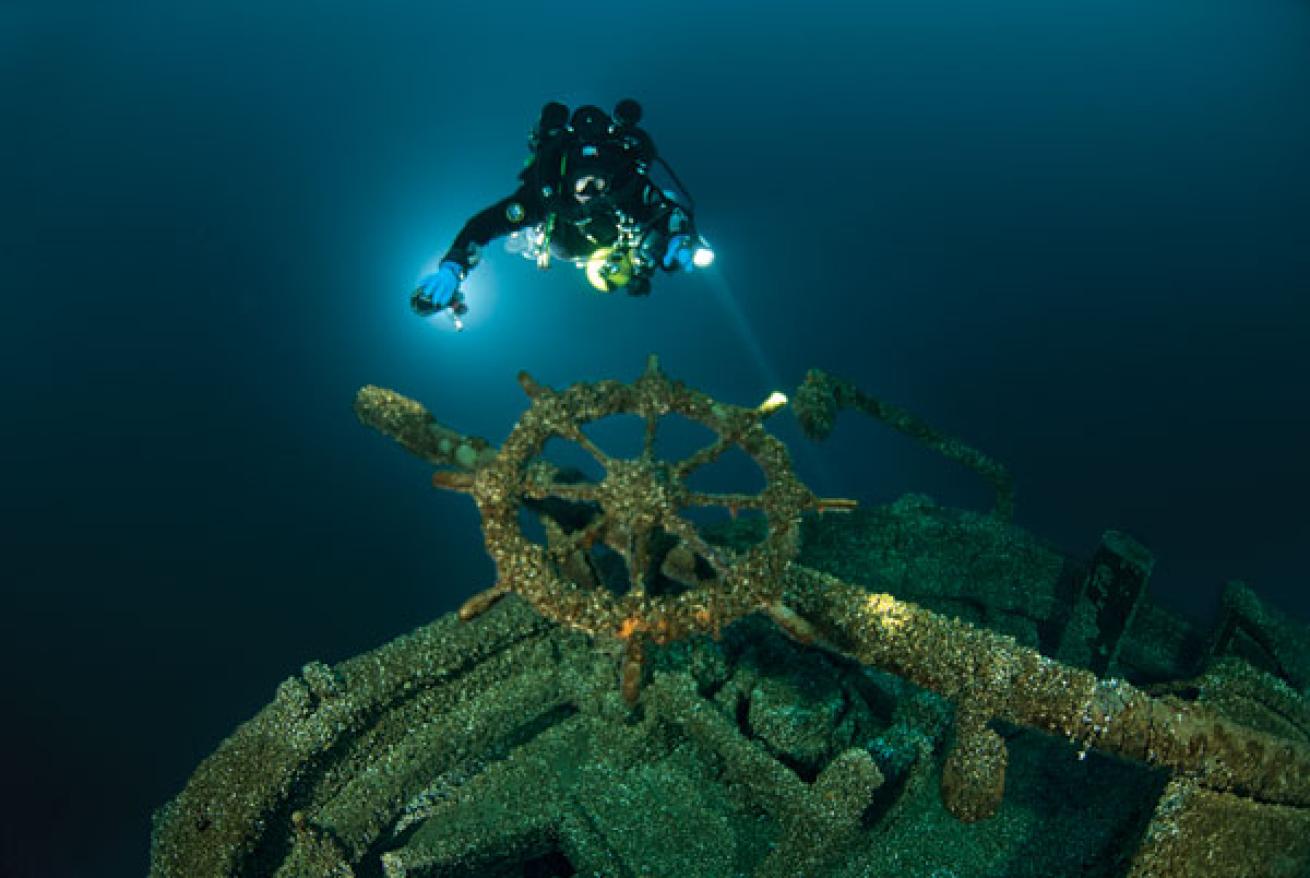
Vlada DekinaThunder Bay National Marine Sanctuary, Michigan
Only technical divers can behold this 138-foot-long three-masted schooner at a depth of more than 180 feet. Highlights of the ship — which sunk in 1875 — include the masts, bowsprit and spiral staircases leading to the interior.
Dive Deeper: Exploring Wrecks in Thunder Bay National Marine Sanctuary
Mary Alice B - Southwest Michigan Underwater Preserve, Michigan
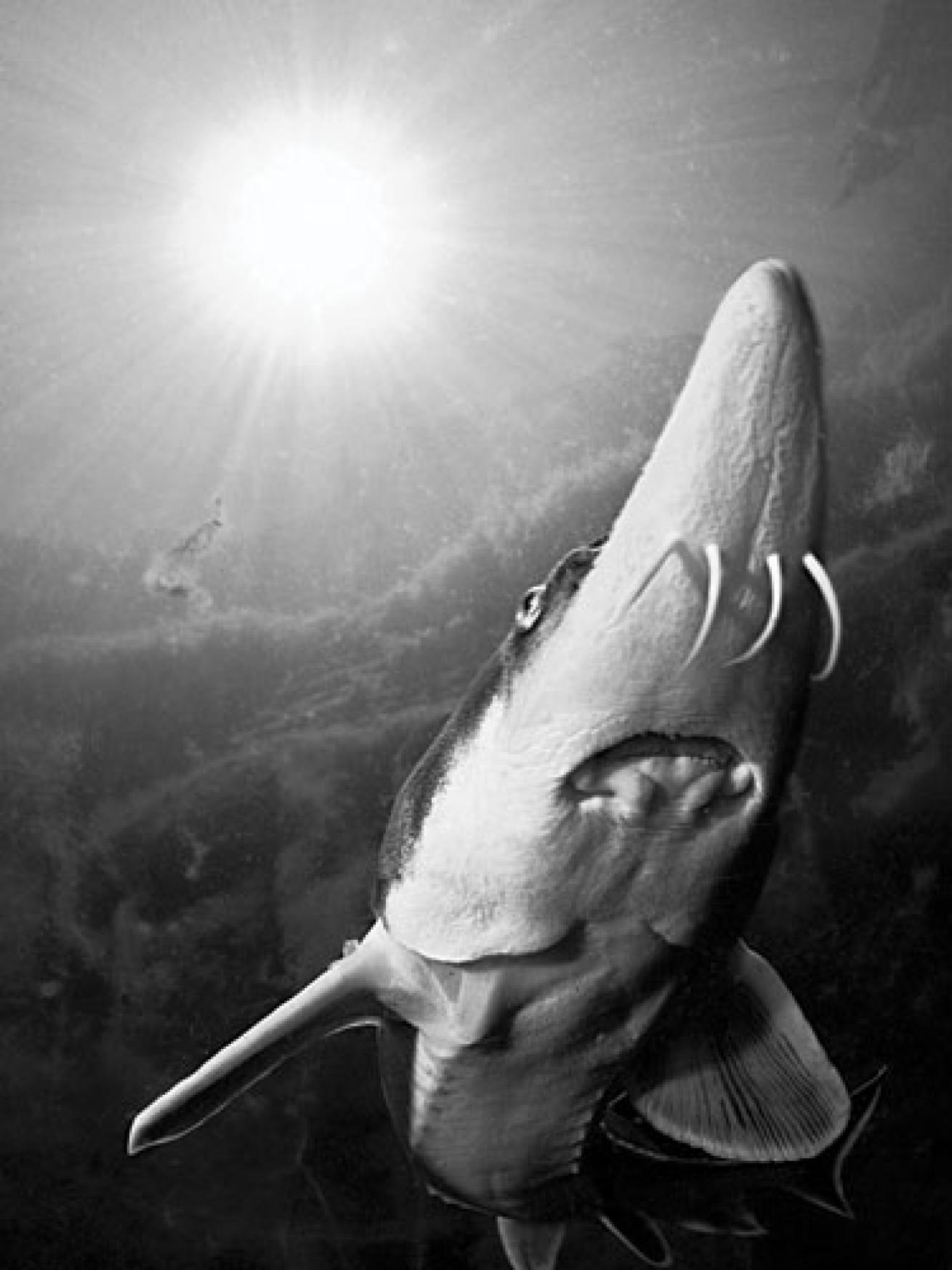
Thomas HassenbergerSouthwest Michigan Underwater Preserve, Michigan
Lake Huron claimed the 65-foot-long propeller tug in 1975 off Port Sanilac. The wreck now sits upright at a depth of more than 80 feet. Divers can explore around the machinery on the aft deck, the intact pilothouse and the wheel; penetration-trained divers can venture inside.
Northerner - Port Washington, Wisconsin
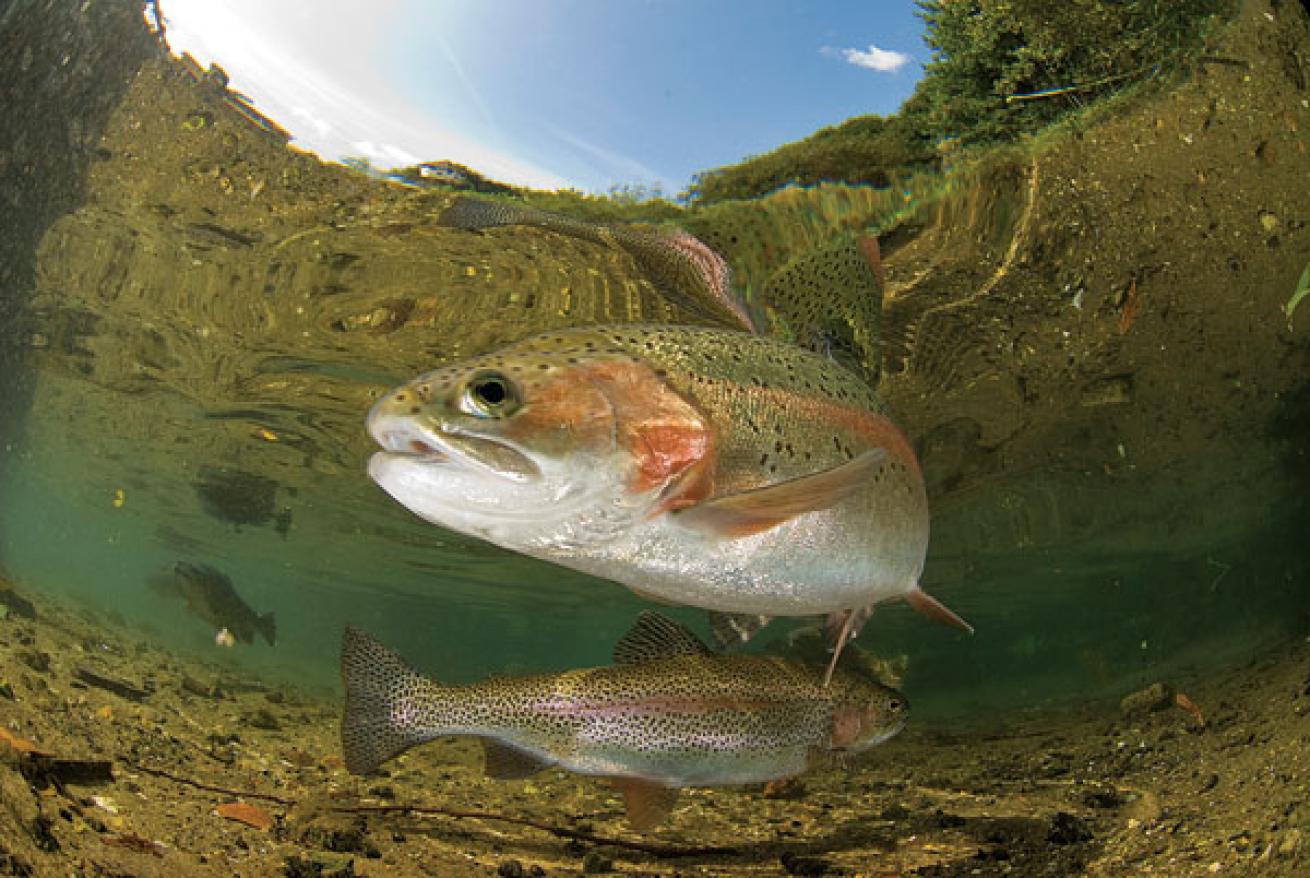
Simon BrownPort Washington, Wisconsin
One of the highlights of diving this 80-foot, mostly intact wooden schooner is the well-preserved fiddlehead. Sunk in 1868, the wreck lies at a depth of 135 feet with visibility around 40 feet. Open-circuit divers will see schools of baitfish, and closed-circuit divers will witness salmon and trout.
Dive Deeper: Where to Go Scuba Diving in Wisconsin
Cape Neddick “Nubble” Lighthouse - York, Maine
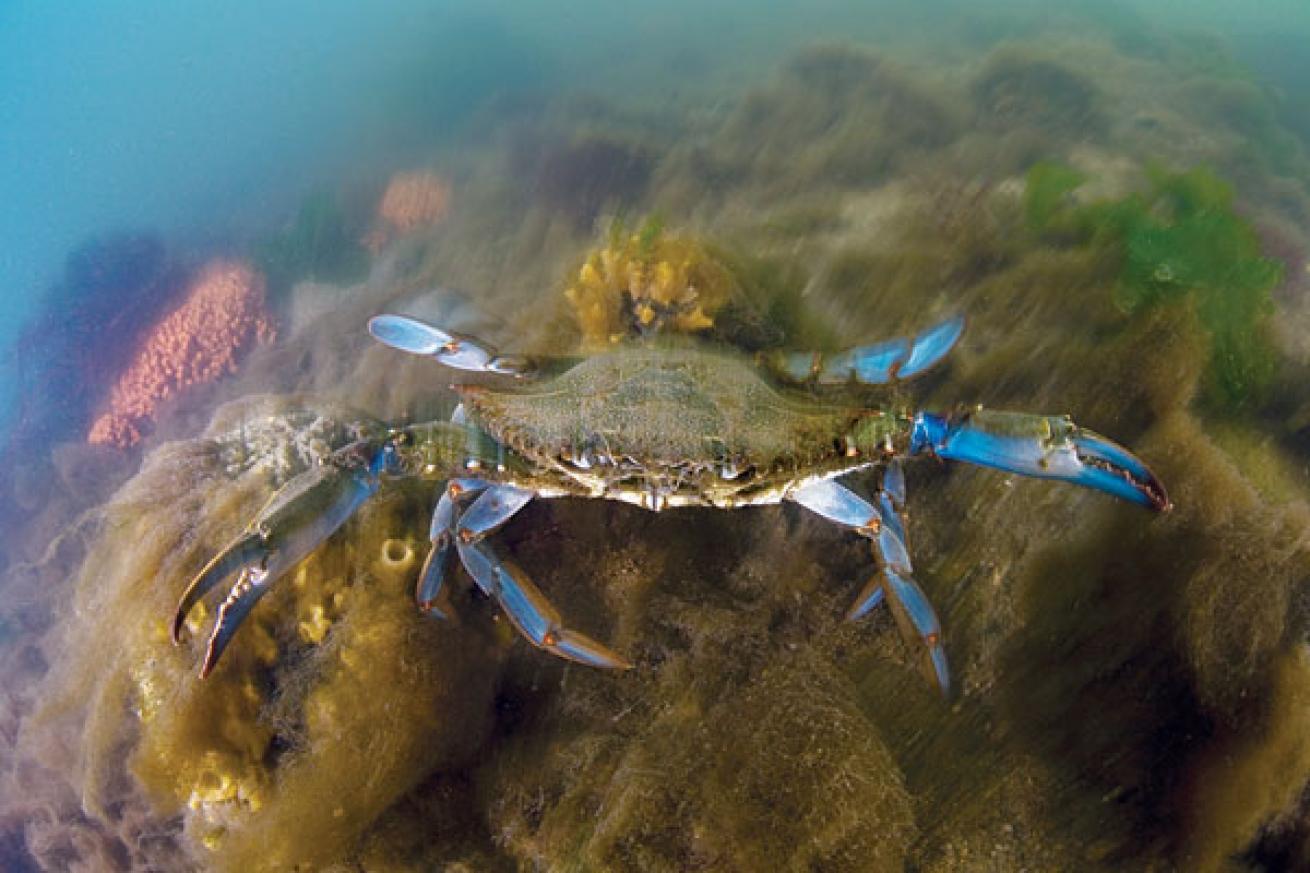
Ethan DanielsYork, Maine
Suit up next to a still-working lighthouse, and then wade into this lagoon where lobsters, skates, crabs and flounder take shelter among the granite rock. The on-site facilities make it a popular spot; the lit parking lot makes night diving especially attractive. Go after dusk to experience bioluminescence, squid and small sharks.
African Queen - Ocean City, Maryland
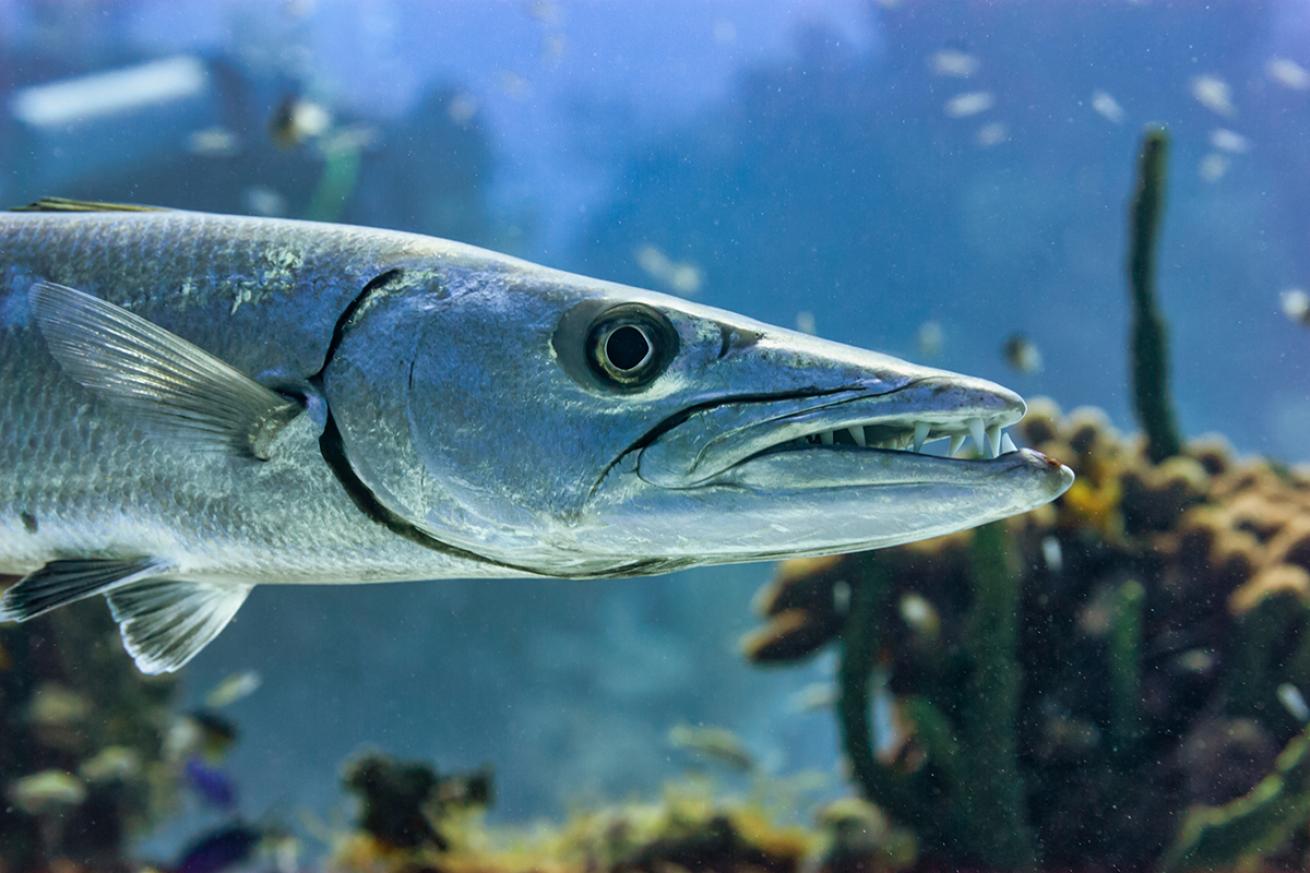
Shutterstock.com/Focused AdventuresA barracuda bares its teeth.
This 590-foot-long tanker ran aground on Gull Shoal in 1958, snapping in two after the captain’s “full astern” command put too much pressure on the vessel. Today, only the bow section remains, upside down at a depth of 73 feet. This site is excellent for finding lobsters, flounder and barracuda.
Harbor Seal, Tanker Reef, Monterey Bay, California
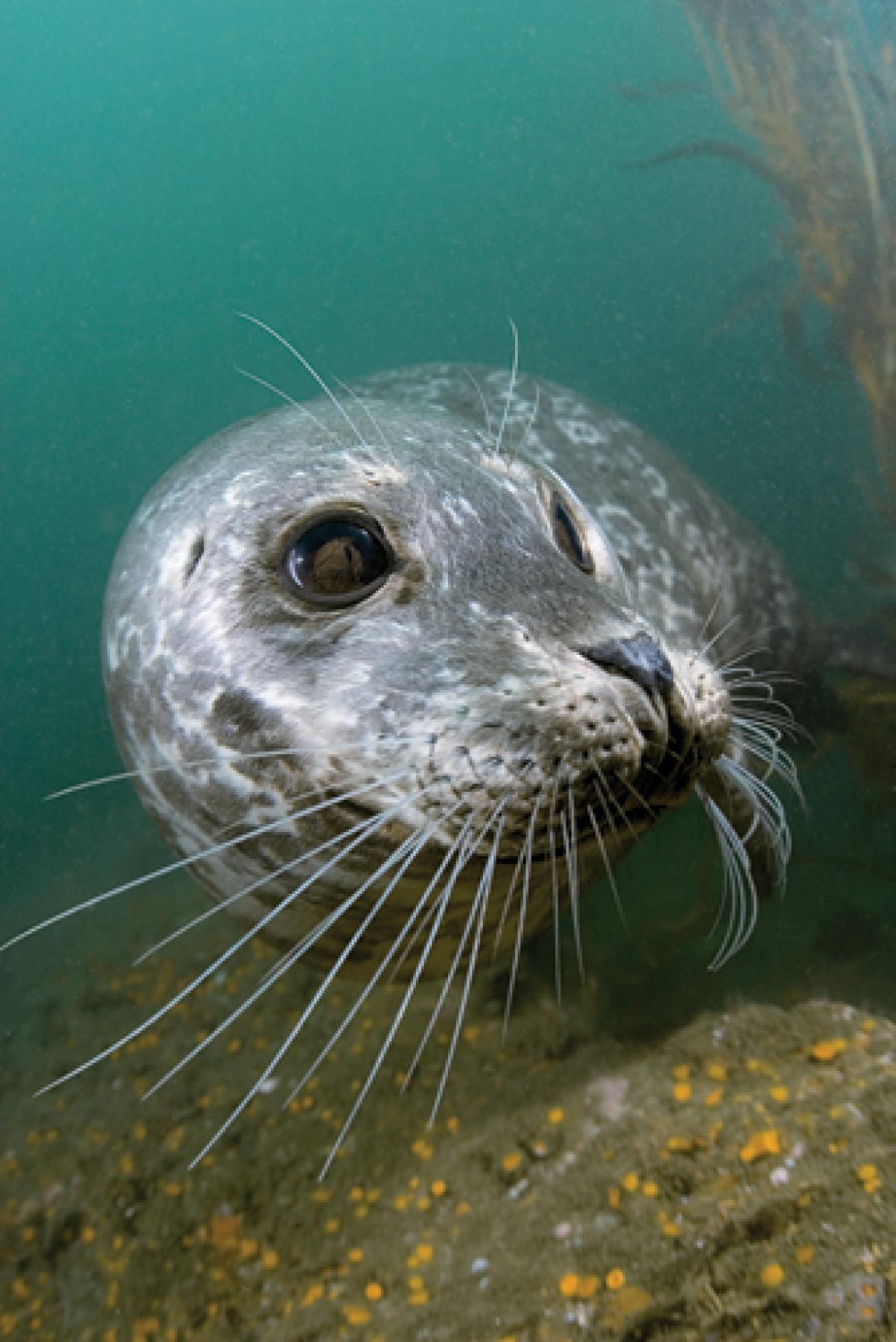
Kawika ChetronMonterey Bay, California
Harbor seals congregate in Monterey Bay.
Dive Deeper: Diving Monterey Bay’s Squid Mating and Death Frenzy
Shark Diving - Montauk, New York
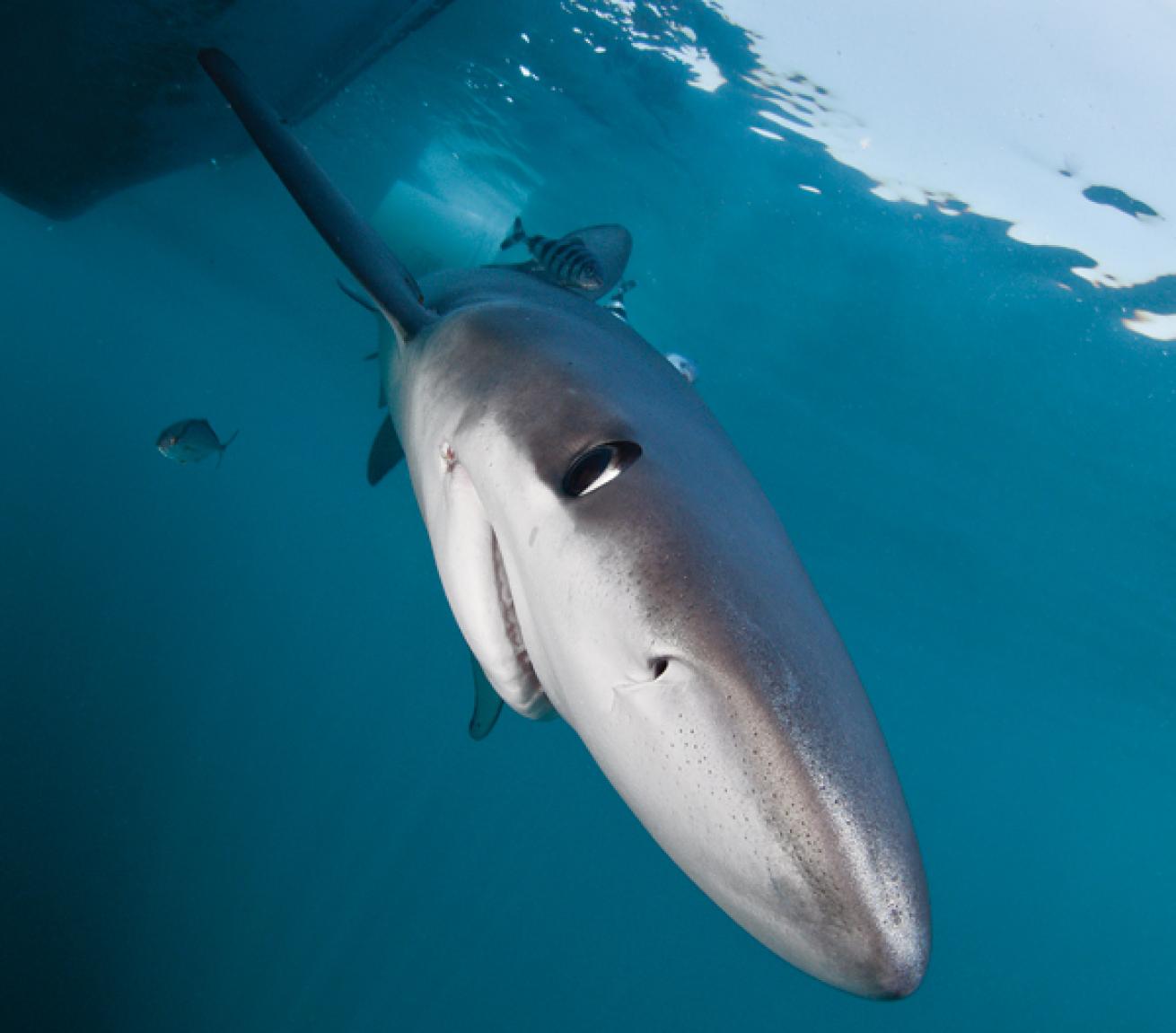
Terry GossMontauk, New York
Witness the curiosity of blue and mako sharks from within the safety of an aluminum cage. Make the two-hour trek to open water, 20 miles off Long Island, June through September, when the sharks appear. Visibility fluctuates between 20 and 100 feet.
Old Atlantic Beach Bridge - Atlantic Beach, New York
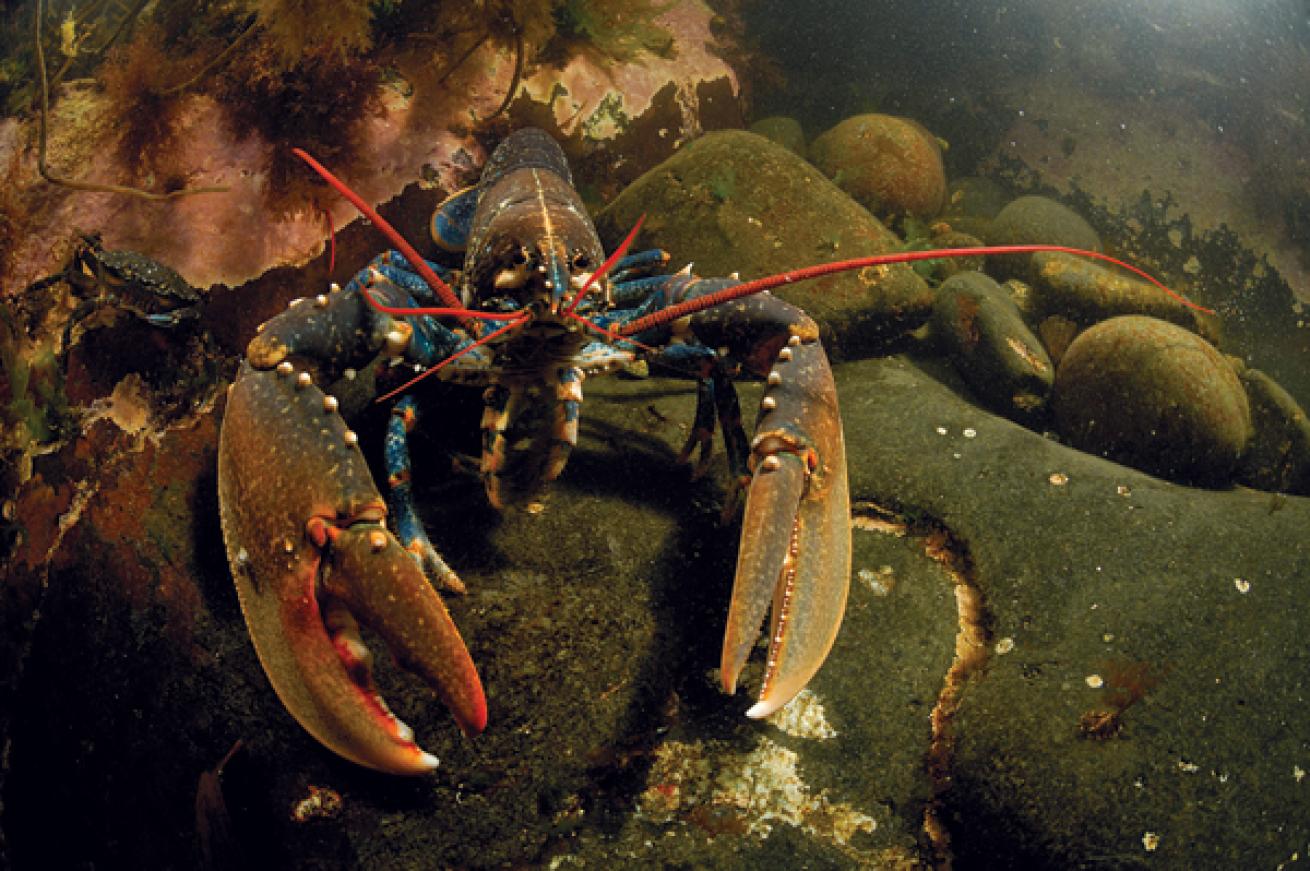
Solvin ZanklAtlantic Beach, New York
For a great lobster spot, check out the remains of this old causeway off Long Island. Best accessed from a boat, this site also offers encounters with huge schools of bass.
Dutch Springs - Bethlehem, Pennsylvania
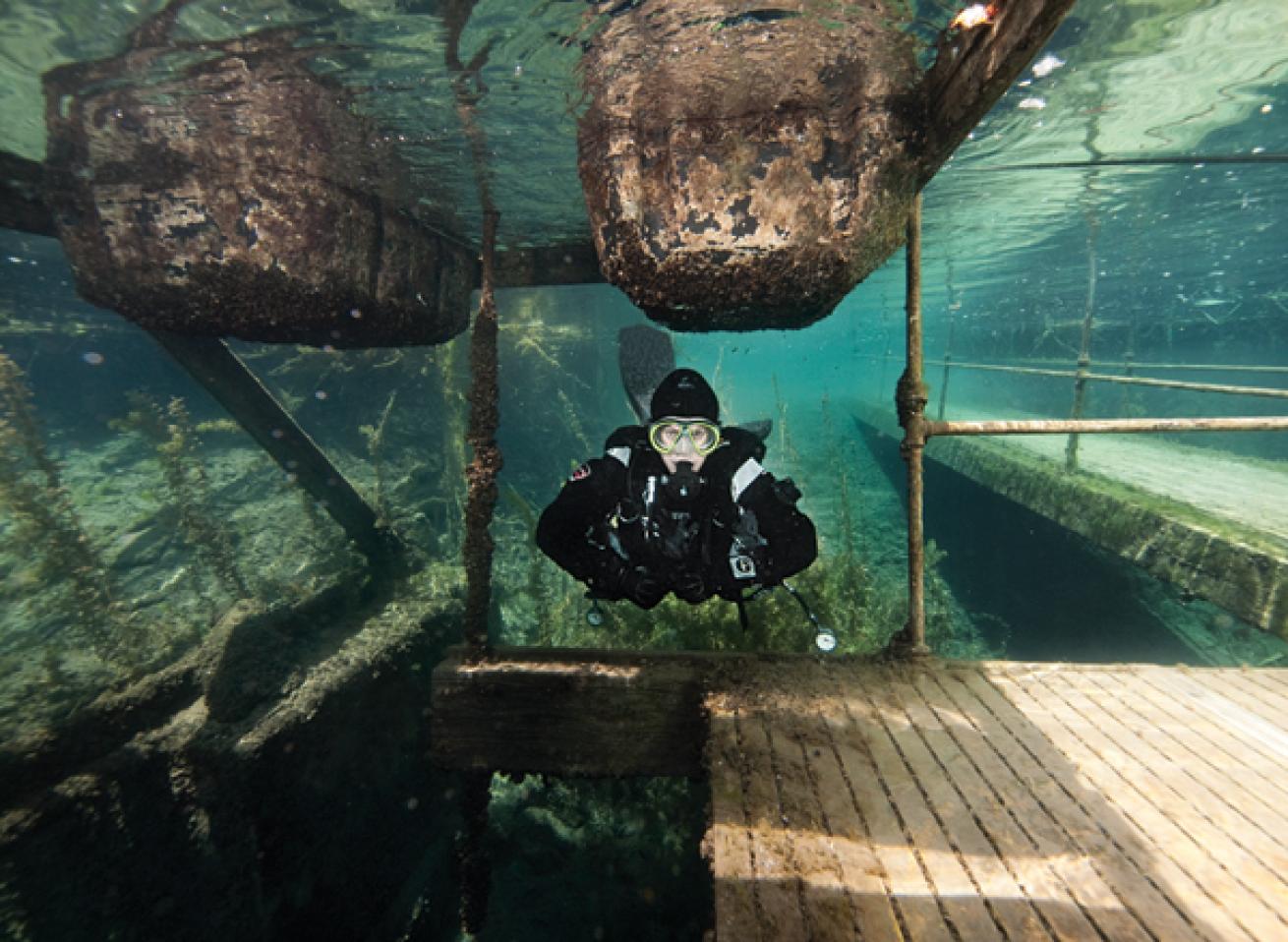
Larry CohenBethlehem, Pennsylvania
More than 30 vehicles — including a helicopter, trolley and fire engine — lie submerged in this 50-acre lake. Expect impossibly clear visibility — and lots of friendly divers —when the park is open from April through November.
Dive Deeper: Scuba Diving at Dutch Springs, Pennsylvania
Aqua Zoo - Deerfield Beach, Florida
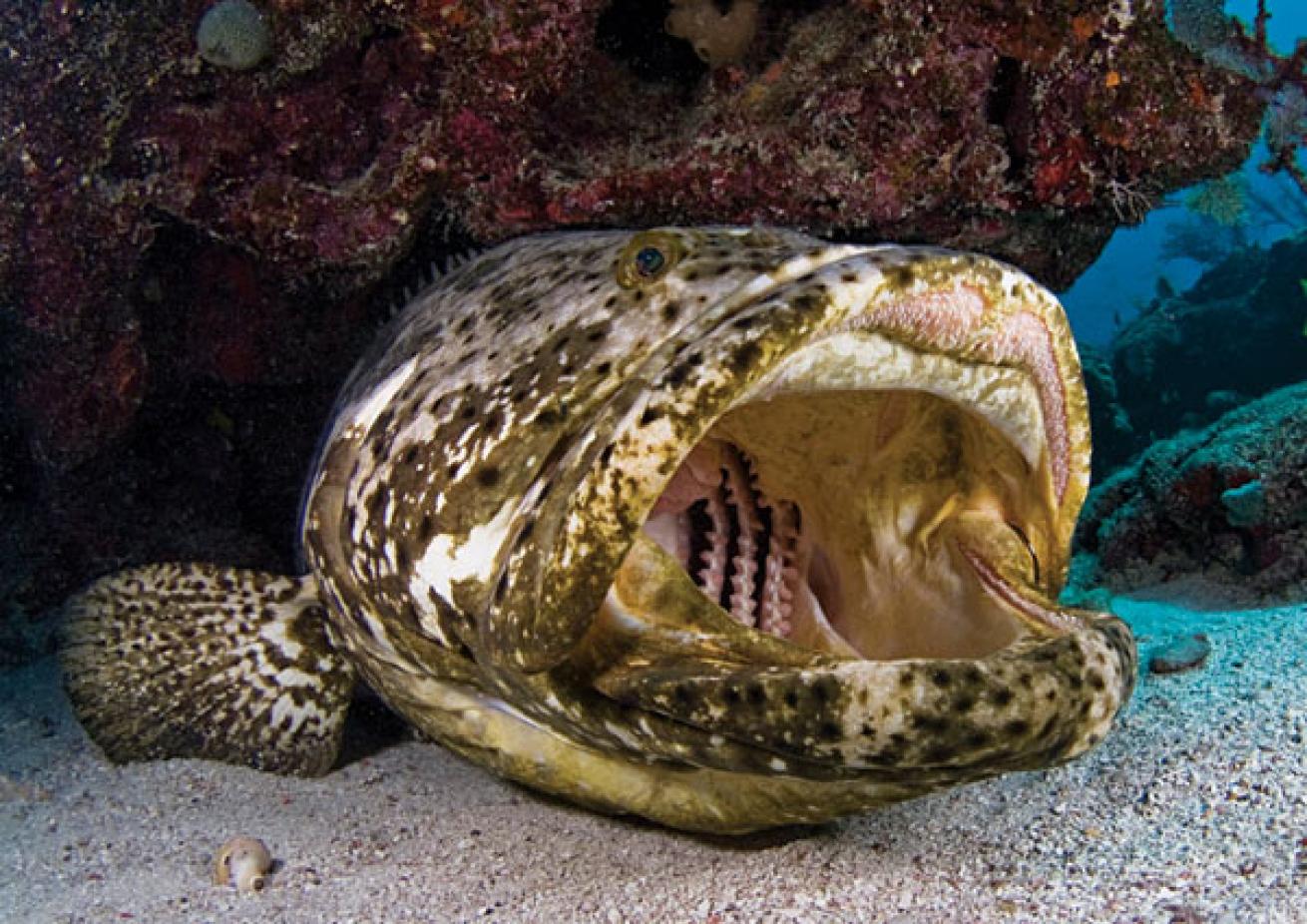
Shen CollazoDeerfield Beach, Florida
You’ll wonder where the drum sounds are coming from — that is, until you realize it’s a local goliath grouper contracting its swim bladder to create a loud, low rumbling at this South Florida fish magnet that also attracts heaps of southern stingrays.
Sombrero Reef, Florida Keys National Marine Sanctuary - Marathon, Florida
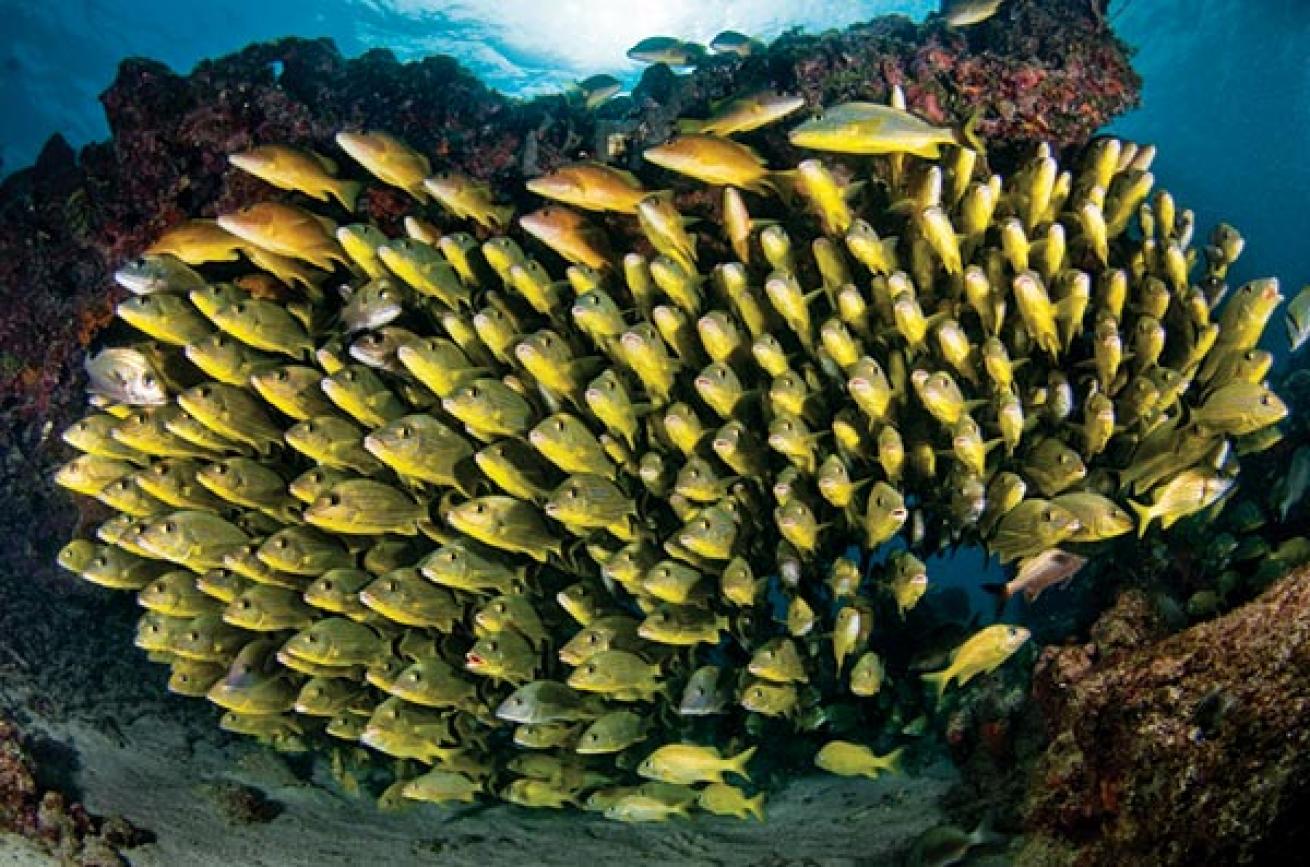
Robert ZimmermanMarathon, Florida
Off the funky hamlet of Marathon, this spur-and-groove site —one of the largest coral colonies in the region— is home to angelfish, grouper and nurse sharks that seek the shelter of the 30-foot-deep reef system. Its signature lighthouse is a Florida Keys landmark.
Dive Deeper: The Ultimate Scuba Road Trip through the Florida Keys
USS Oriskany - Pensacola, Florida

Shen CollazoPensacola, Florida
Granted, one of the world’s largest artificial reefs is best appreciated by those trained to explore the flight deck at 145 feet, but it’s still worth the 22-mile boat trek from Pensacola to witness sections of this 911-foot-long aircraft carrier (the decking island starts at 84 feet). Spanish hogfish, butterflyfish and other angelfish are common; the lucky diver can encounter anything from passing whale sharks to mantas.
USS Spiegel Grove - Key Largo, Florida
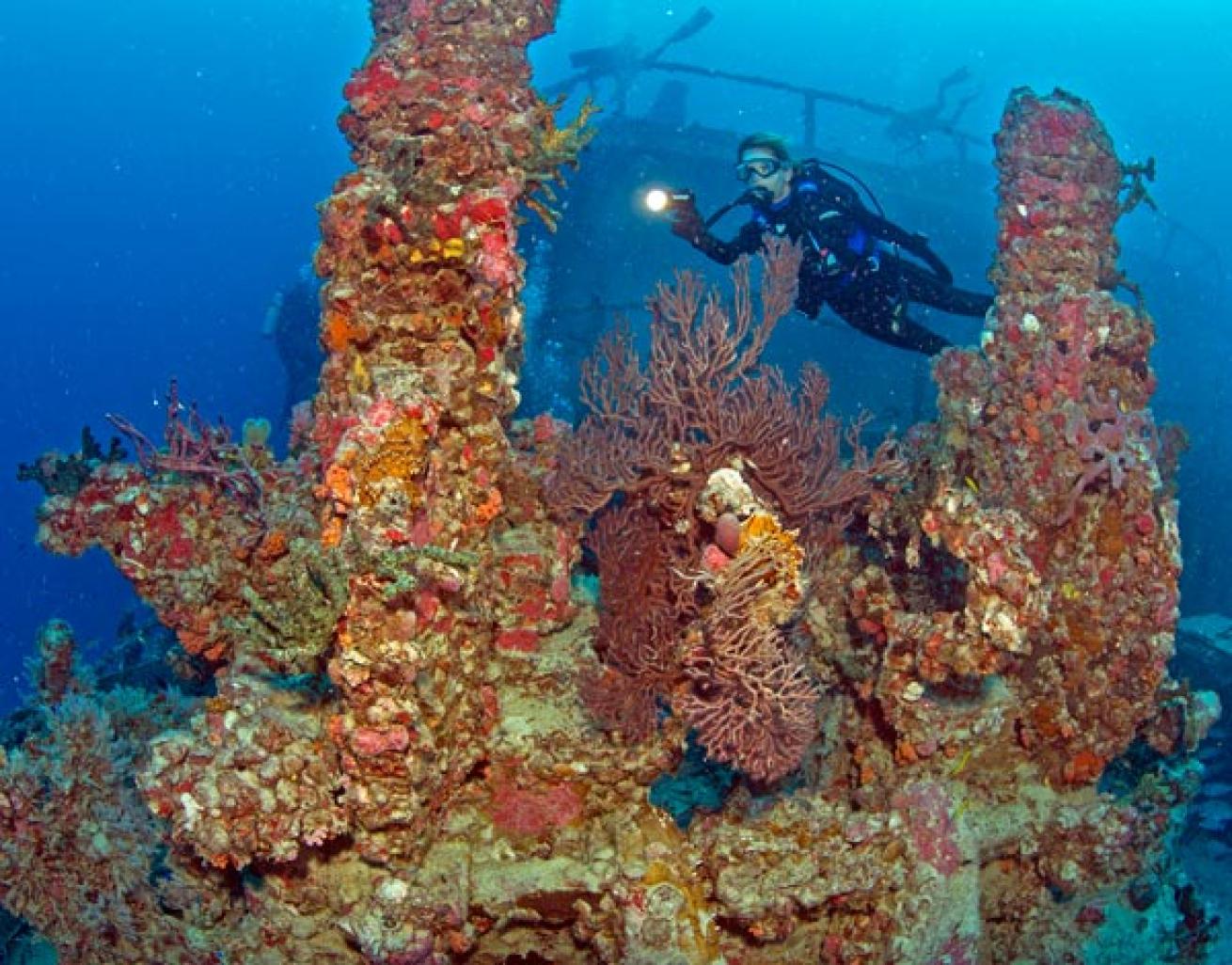
Stephen FrinkKey Largo, Florida
This 510-foot-long landing ship off Key Largo rewards divers of every level. The top deck at 65 feet offers gun turrets, an expansive bridge and more. Plus, the top three levels have long swim-throughs where light (aka exit points) is visible the entire way. Be warned: Should you square off with a goliath grouper in a hallway, know that it won’t budge. Penetration-trained divers have many available routes to explore.
Dive Deeper: Dive Key Largo’s U.S.S. Spiegel Grove
Rainbow River - Dunnellon, Florida
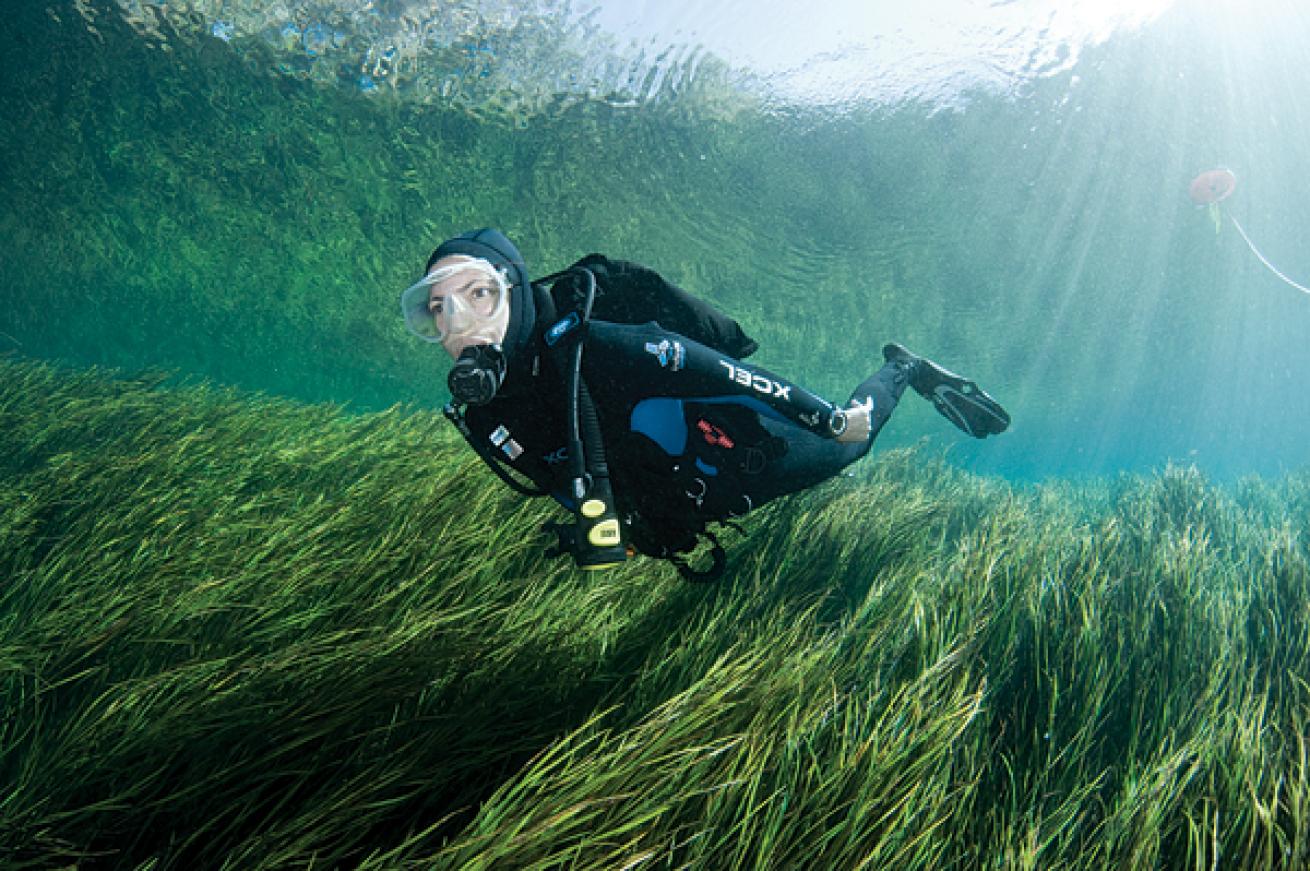
Tanya G. BurnettDunnellon, Florida
Prehistoric and sort of creepy, alligator gar swarm this site by the dozens — as do the far friendlier manatee. It’s a fun drift down a fast-moving stream that’s also home to snapping turtles the size of beach balls. The flow of the grasses is mesmerizing, as is raking your fingers through the sand boils in search of fossilized shark teeth.
Dive Deeper: Scuba Diving Florida’s Rainbow River
USNS General Hoyt S. Vandenberg - Key West, Florida
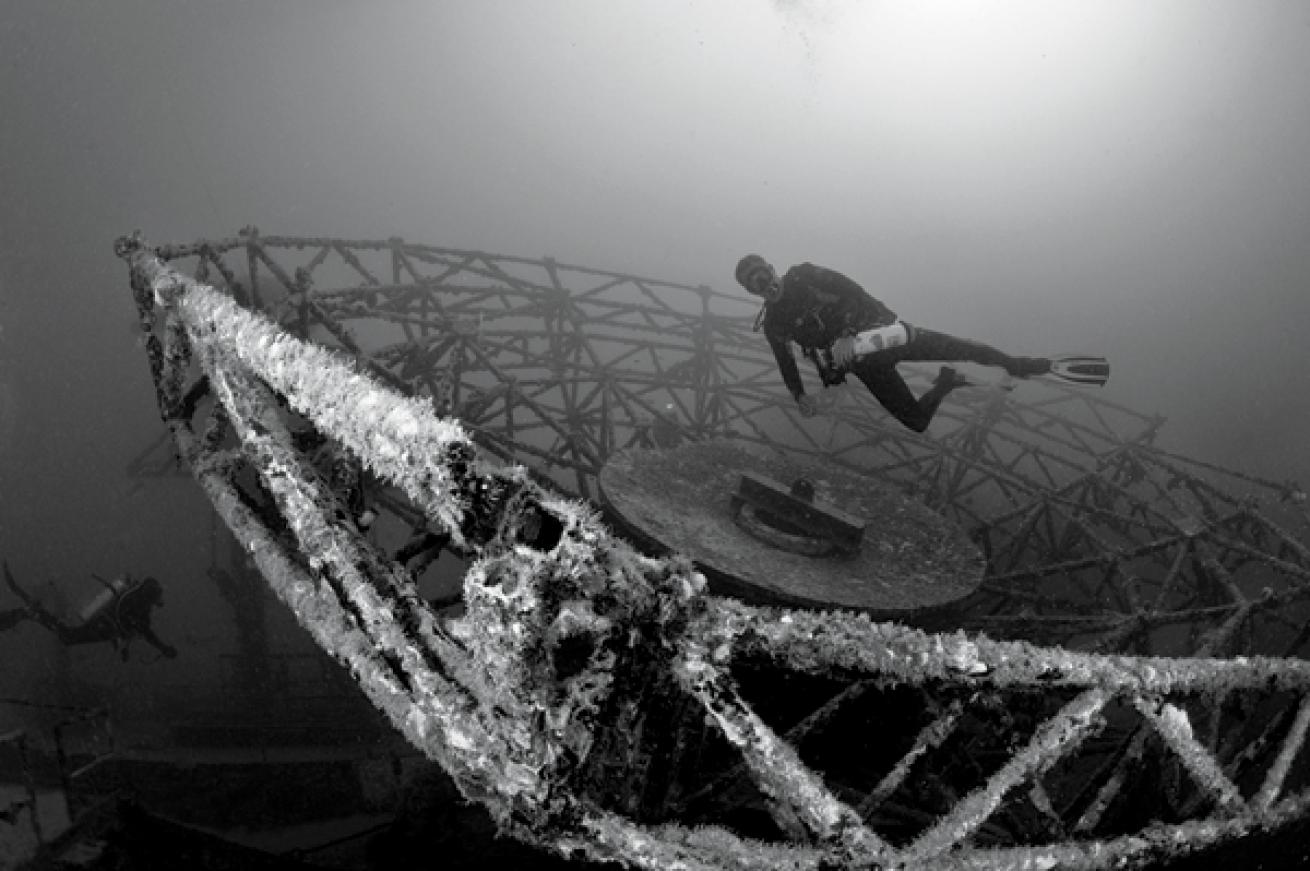
Brandon ColeKey West, Florida
Scuttled six miles off Key West in 2009, this 520-foot-long retired Air Force missile-tracking ship sits at a depth of 140 feet, but even snorkelers can swim close to the antennae and upturned radar dishes. Large holes allow trained penetration divers to explore the engine room, 11 elevator shafts and cargo hold shafts.
Blue Heron Bridge - West Palm Beach, Florida
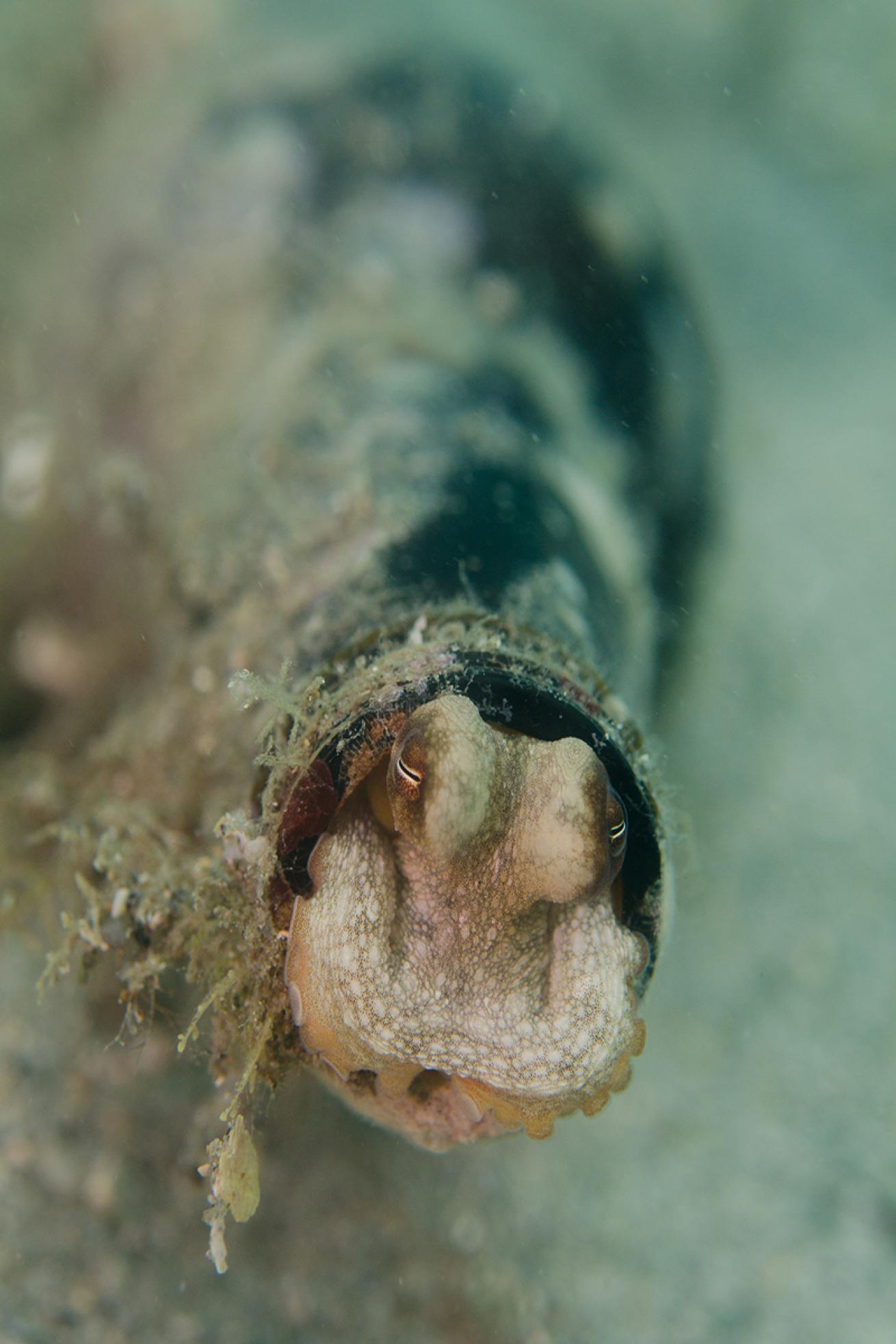
Shutterstock.com/Brent BarnsAn octopus peaks out of a bottle in West Palm Beach.
Dive this muck wonderland during a high slack tide to find batfish, flying gurnards, snake eels and other odd finds.
Dive Deeper: How the Local Dive Community Protected Blue Heron Bridge
USCGC Spar- Beaufort, North Carolina
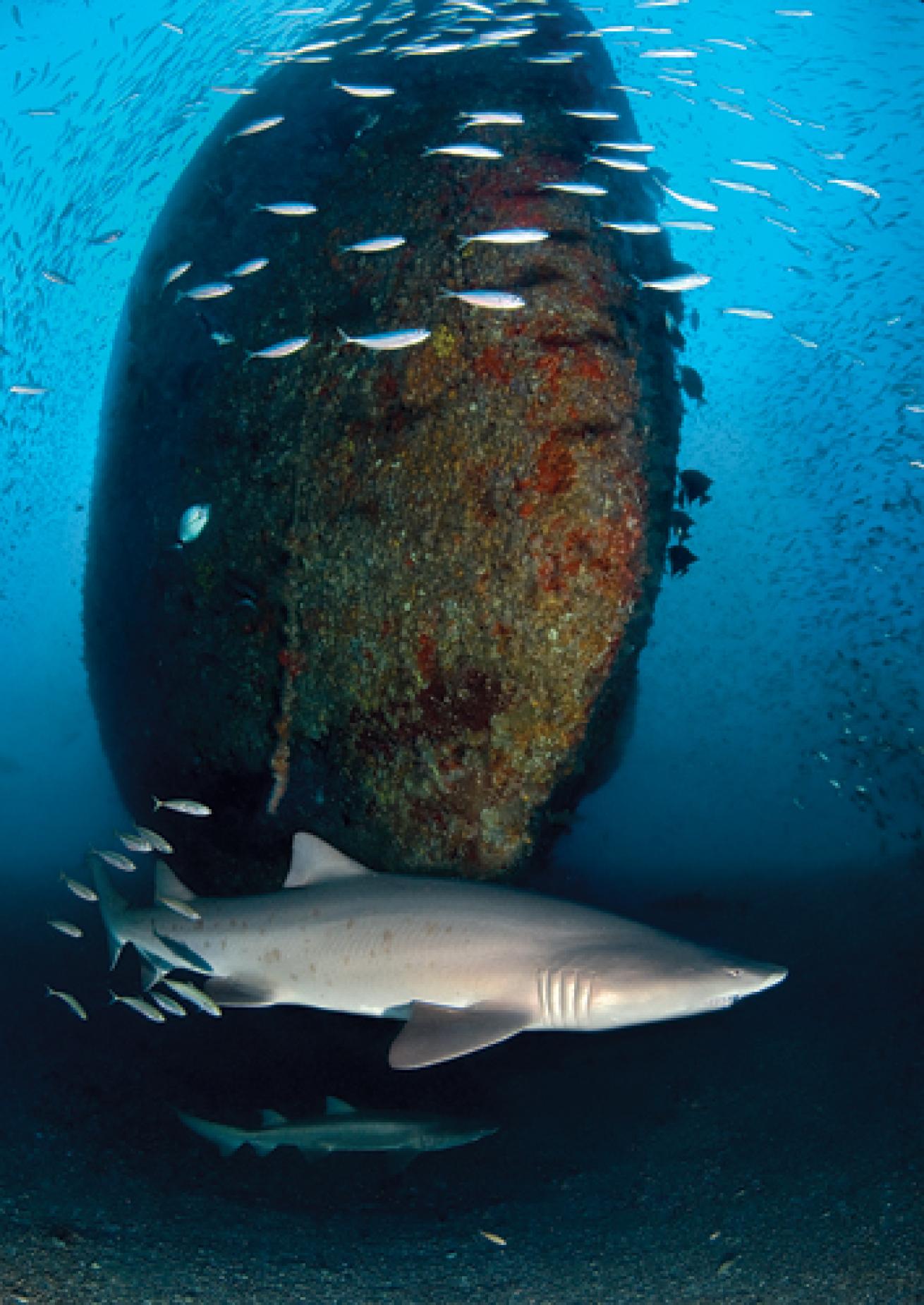
Karen DoodyBeaufort, North Carolina
You’ll feel like you’re being followed — and you’ll be right. Sand tiger sharks, also known as ragged tooth sharks — or “raggies” — aren’t an aggressive species, but they are exceptionally curious and seemingly enjoy playing chicken with divers. They swarm this 180-foot-long wreck in groups of six or more, joined by schools of amberjack, vermilion snapper, Atlantic spadefish and silversides.
U-352 - Cape Lookout, North Carolina
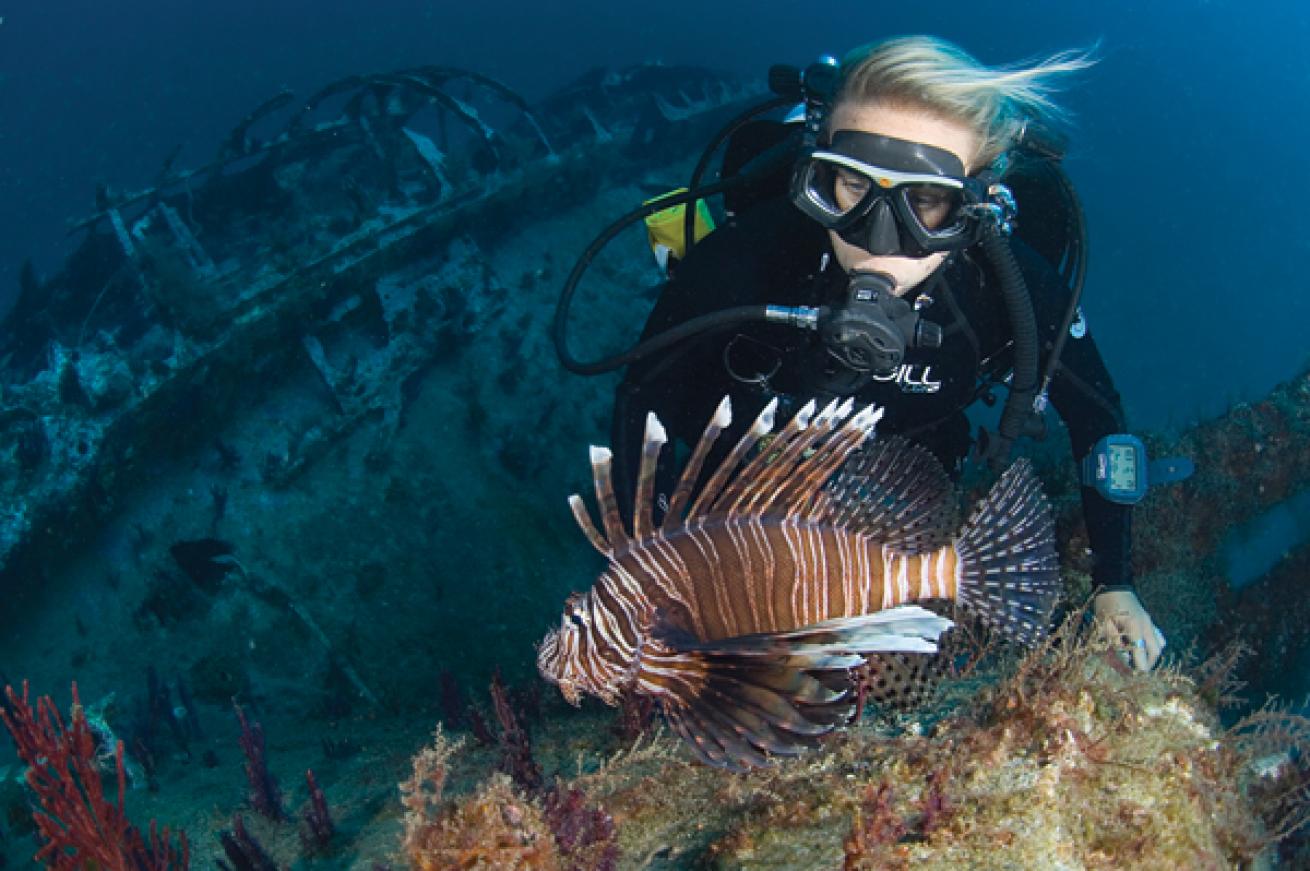
Michael Patrick O'NeillCape Lookout, North Carolina
This German sub — a highlight of East Coast scuba diving — will elicit a visceral response from any diver. First, the visibility typically allows you to take in its 220-foot entirety as you descend. Swim the length of the ship and try to comprehend that a minimum of 45 men worked inside. Lastly, the site is a war grave memorializing the 15 lost.
SS Caribsea - Cape Lookout, North Carolina
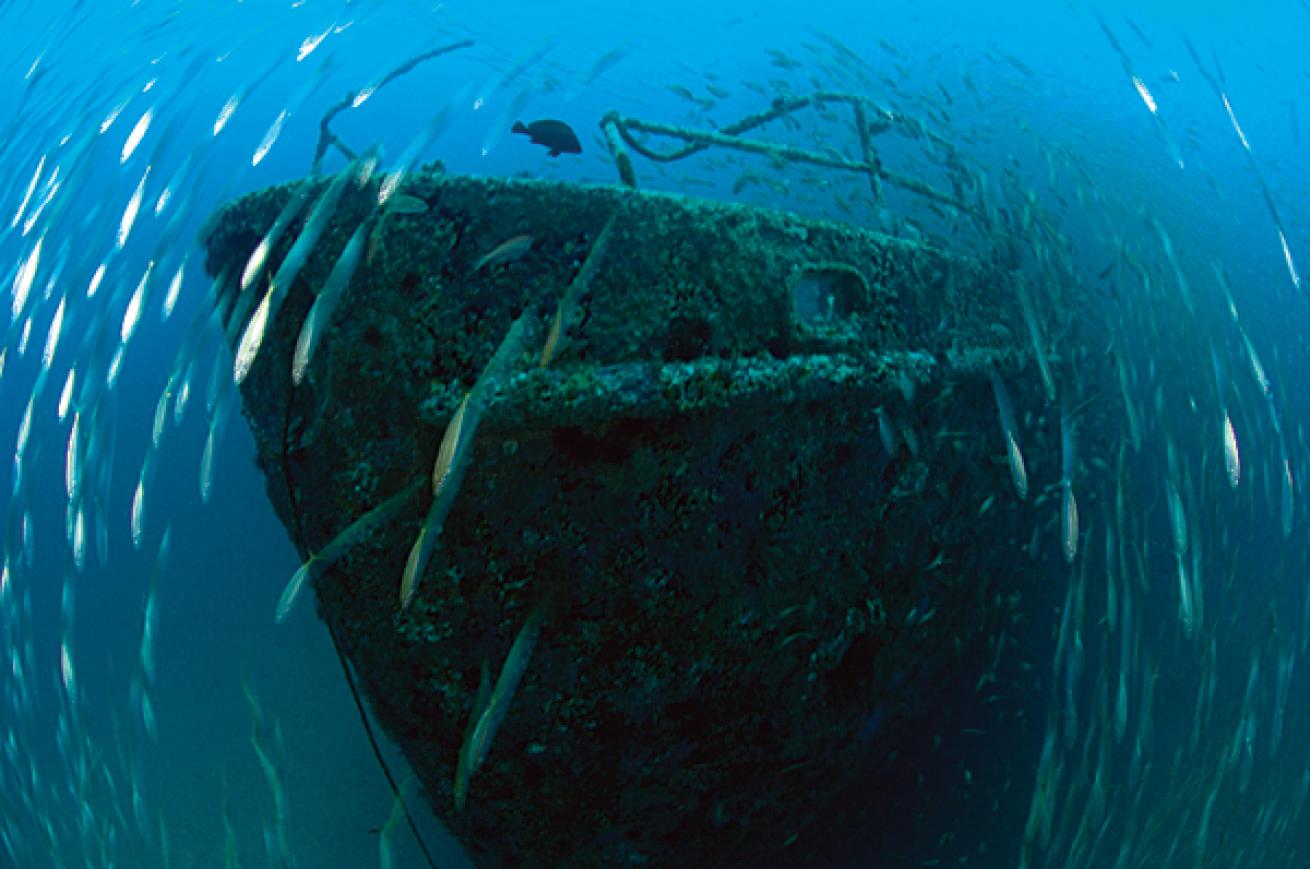
Michael Patrick O'NeillCape Lookout, North Carolina
Torpedoed in 1942, this 261-foot-long cargo freighter is mostly intact at a depth of 85 feet. The structure draws spadefish, amberjack, stingrays and sand tiger sharks, sometimes as many as 50 per dive. Thanks to the Gulf Stream, visibility can range from 60 to 90 feet.
USTS Texas Clipper- South Padre Island, Texas
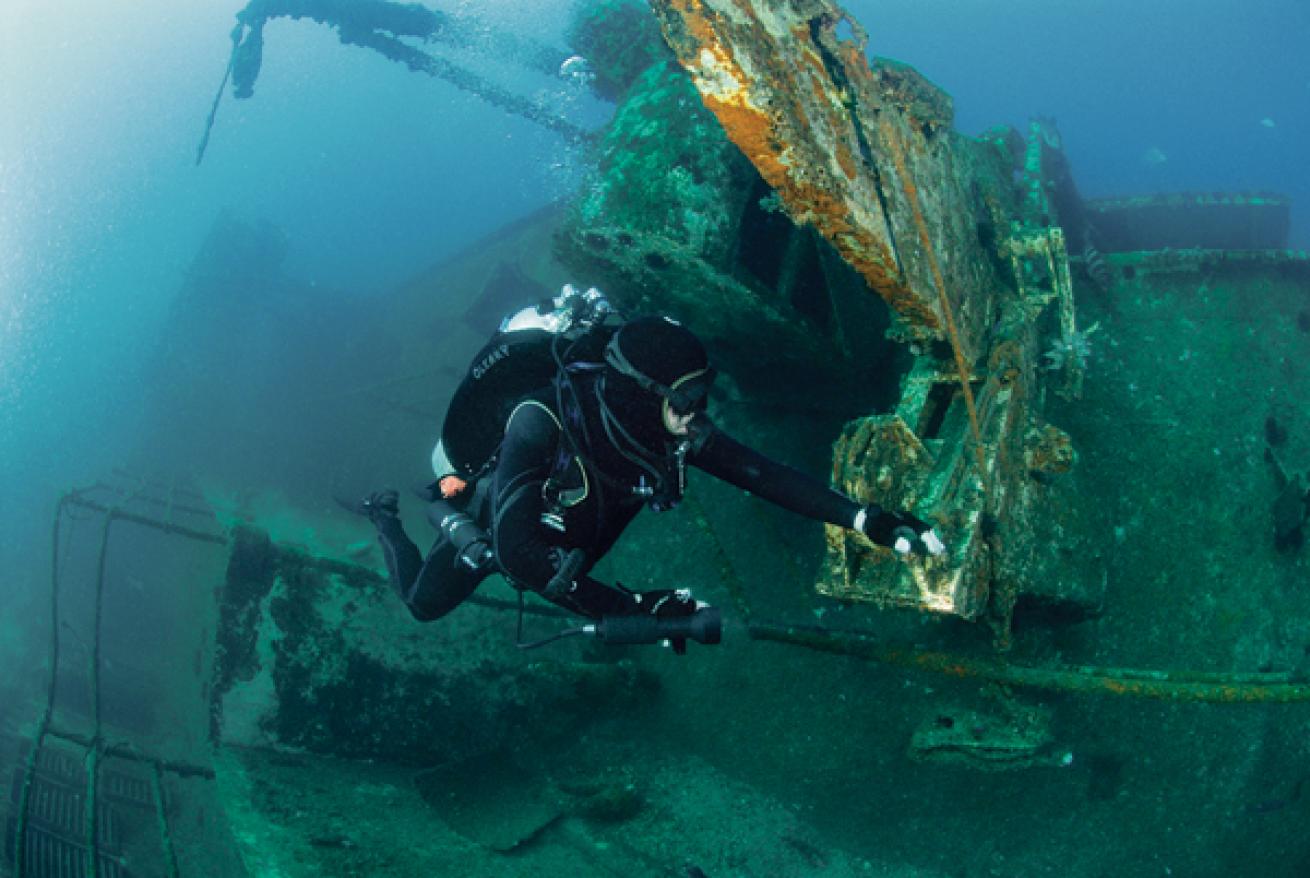
Jesse CancelmoSouth Padre Island, Texas
At 473 feet long, this 1997 purpose- sunk wreck is the third largest in the U.S. The massive wreck attracts passing pelagics — everything from whale sharks to sunfish to hammerheads. Currents permitting, this dive is open to those of all experience levels; depths range from 60 to 130 feet.
Platform 376 - Gulf of Mexico, Texas
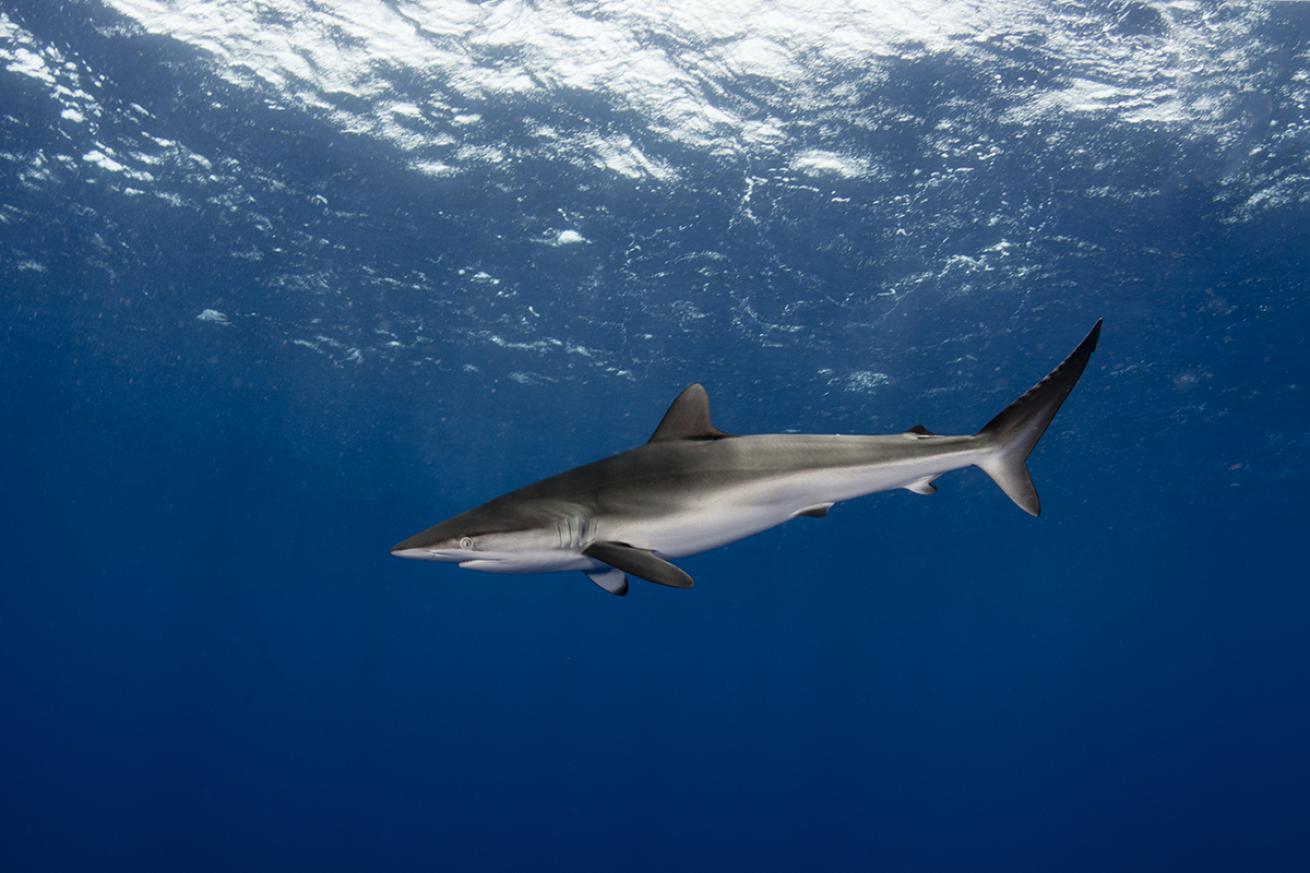
Shutterstock.com/Shane GrossA silky shark in the open ocean.
Shark sightings occur on nearly every dive: This oil rig shelters everything from silky, blacktip and nurse sharks, to schools of mackerel and amberjack. Look closely at the structure to spot blennies, crabs and other cool macro life.
Dive Deeper: This Oil Rig is in a Sanctuary. Is it Better Removed or Made into a Reef?
Point Dume Pinnacles - Los Angeles, California
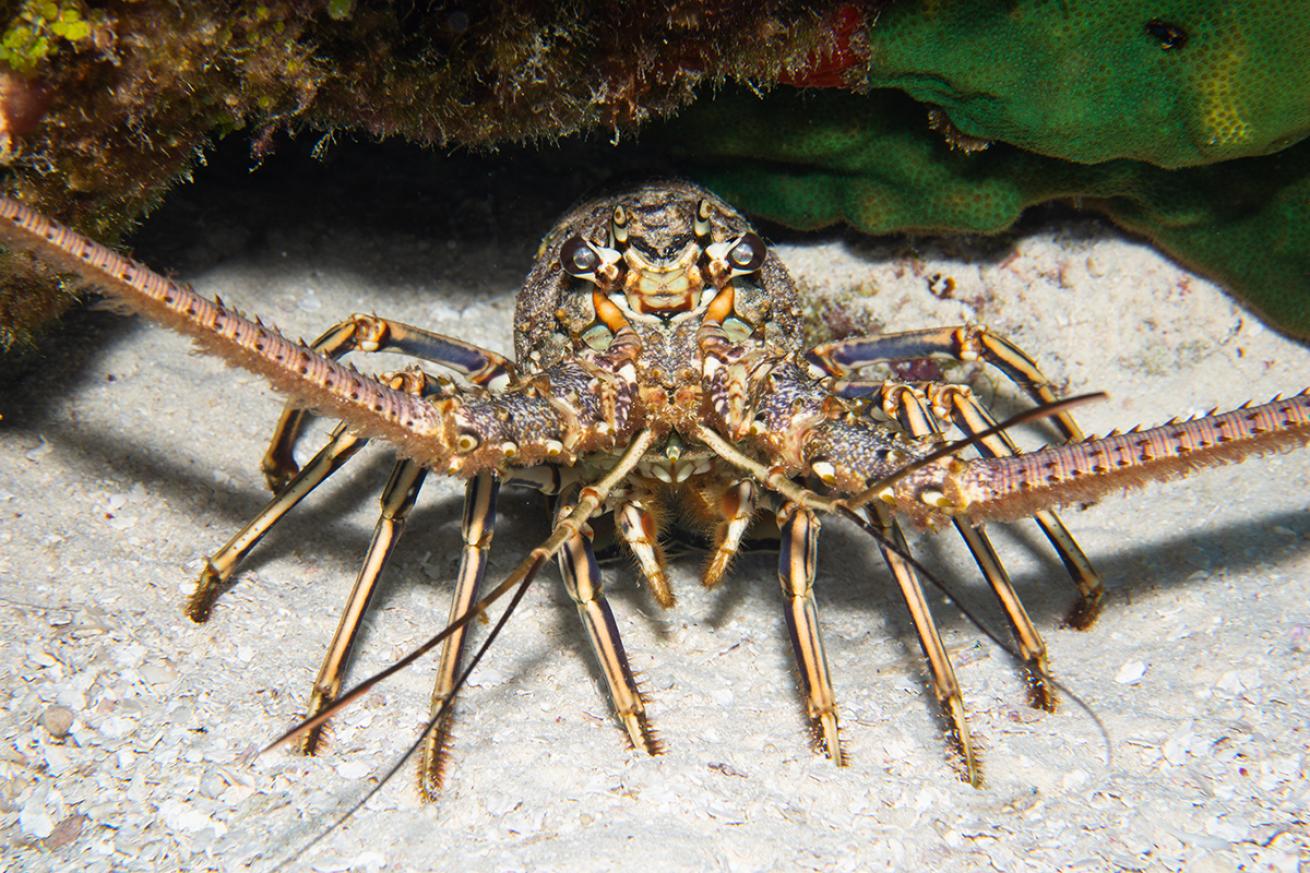
Shutterstock.com/HedvikaMichnova.jpgLobsters are a common encounter at LA sites.
At this shore dive, find pinnacles that rise from 50 to 25 feet in depth. The environment is home to sea lions, lobsters, horn sharks, rockfish, lingcod and angel sharks. If you don’t know the area, be sure to dive with someone who can coordinate your entry with low tide.
Dive Deeper: Eight Cities with Great Scuba Diving
La Jolla Cove — San Diego, California
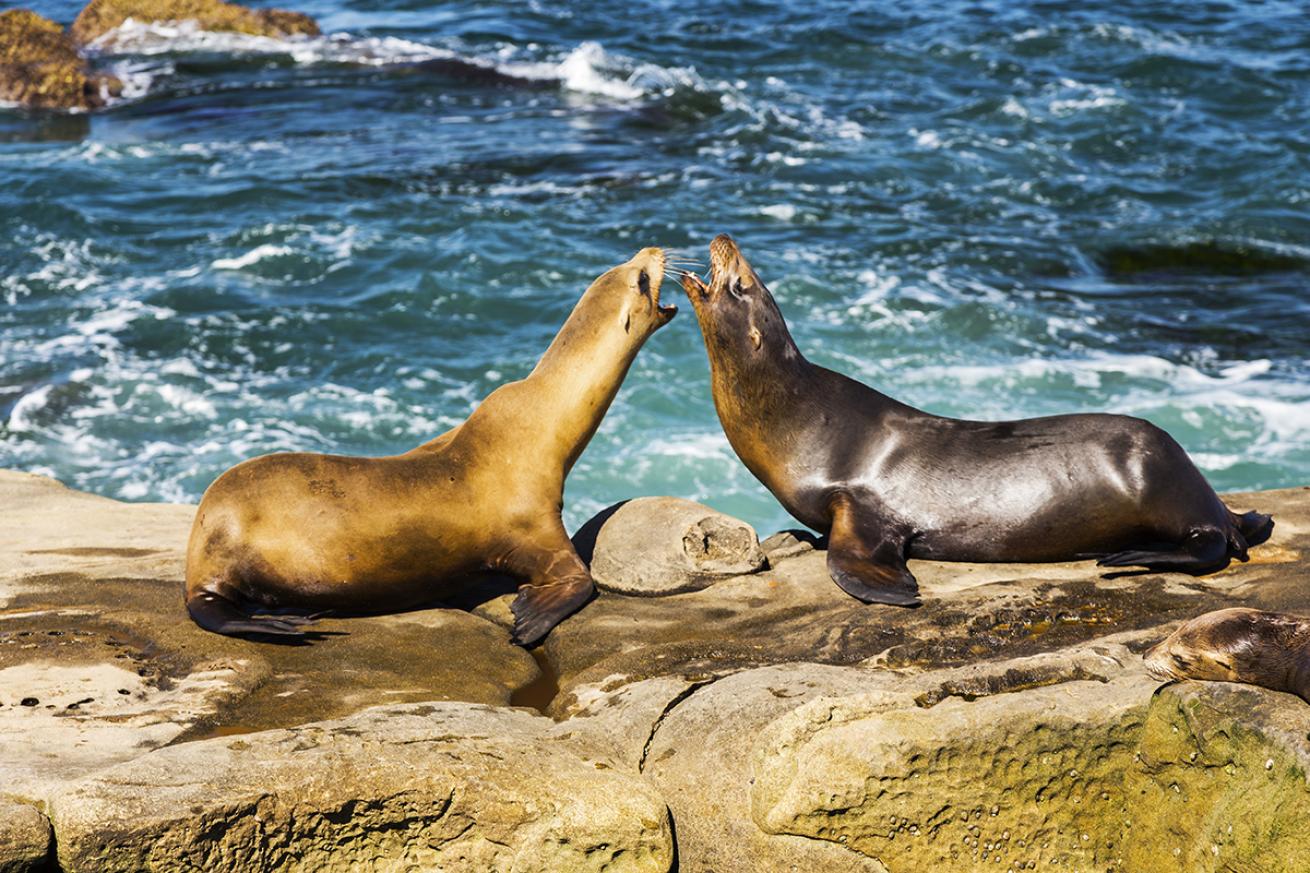
Shutterstock.com/Autumn Sky PhotographyTwo of La Jolla's resident sea lions.
This shore dive is famous for the friendly resident sea lions and seals that inhabit its thick kelp forests. Wavy conditions can make for low viz, so check ahead of time to make sure you maximize your dip at this beautiful spot.
Dive Deeper: The Ultimate Pacific Coast Scuba Road Trip
Payette Lake - McCall, Idaho
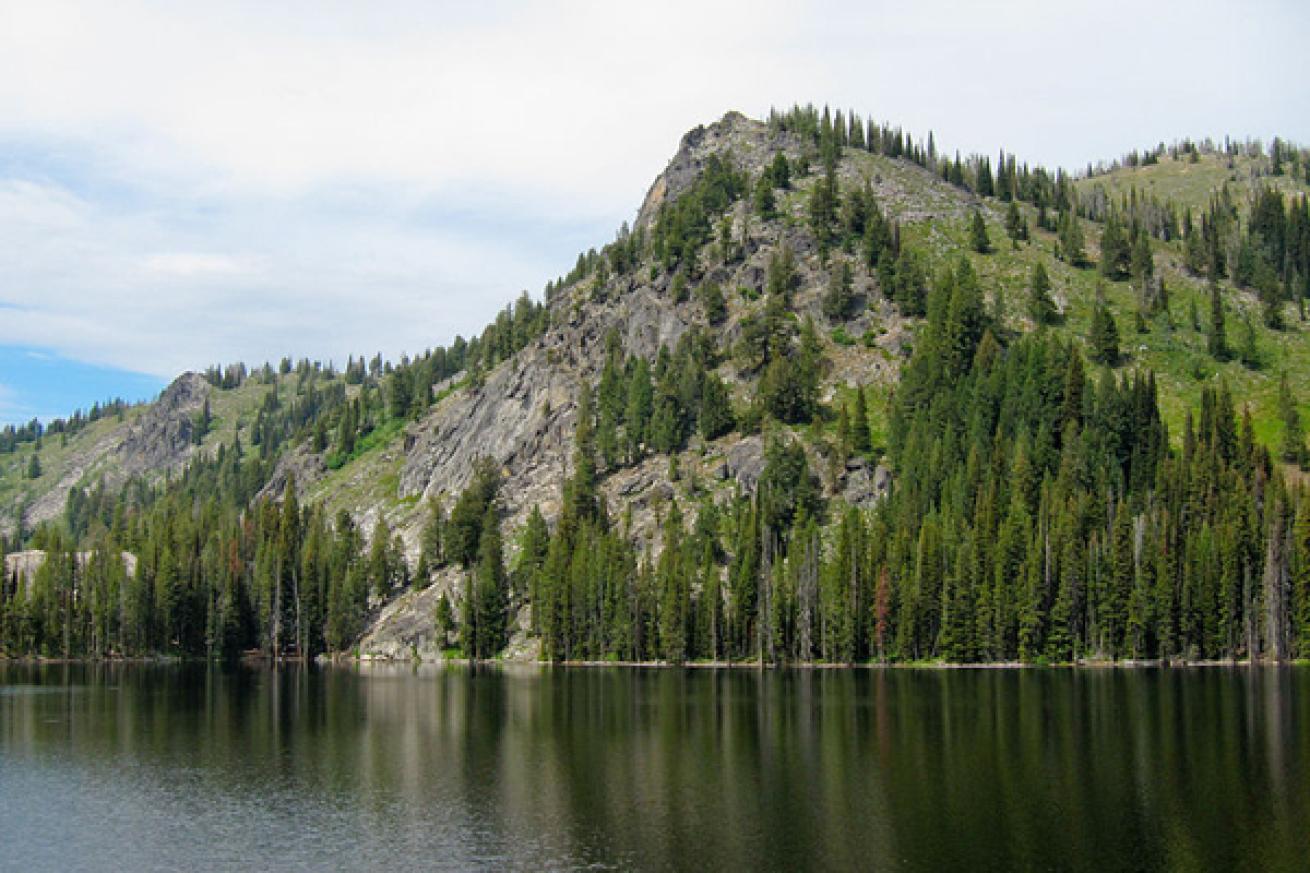
Fredlyfish4 via Wikimedia CommonsMcCall, Idaho
At Fireman’s Point on the northeast side of this mile-high mountain lake, a shallow granite shelf extending 40 feet from the shore creates a psychedelic light show when penetrating sunlight hits pieces of quartz, obsidian and mica in the rock. Frequent 50-foot visibility helps the process.
Related: Where to Scuba Dive in Idaho
Lake Mead - Henderson, Nevada
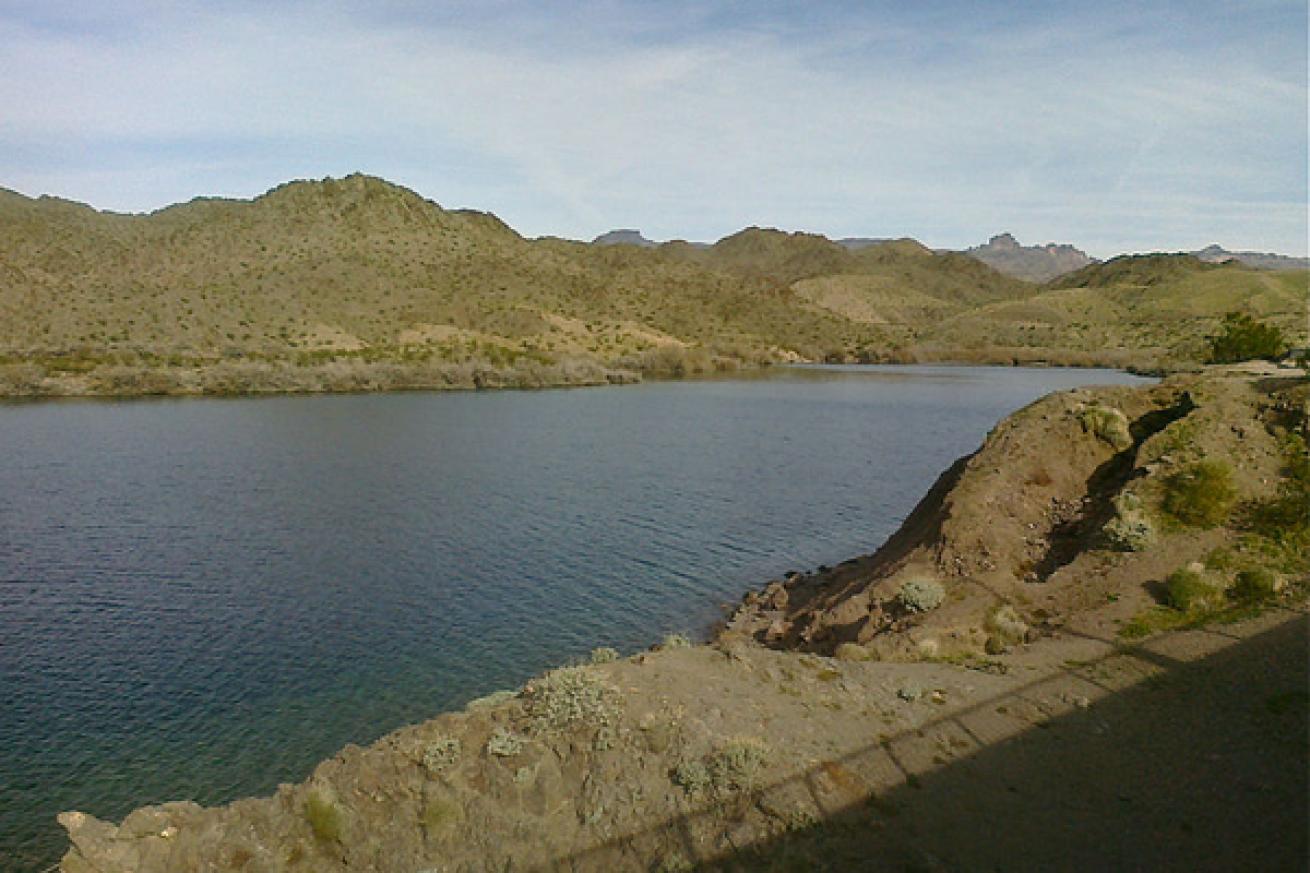
Rick Pecoraro via Wikimedia CommonsHenderson, Nevada
GPS coordinates, not buoys, mark the smattering of finds in this desert lake. Rail cars, two airplanes and other discards lie on a bottom that’s anything but flat. Aggregation piles left over from construction projects form habitat for largemouth bass, bluegills, striped bass and three-foot-long carp. Expect crystal clear when water temperatures drop below 85 degrees F.
Dive Deeper: Scuba Diving a B-29 Airplane Wreck in Lake Mead, Nevada
USCG Duane - Key Largo, Florida
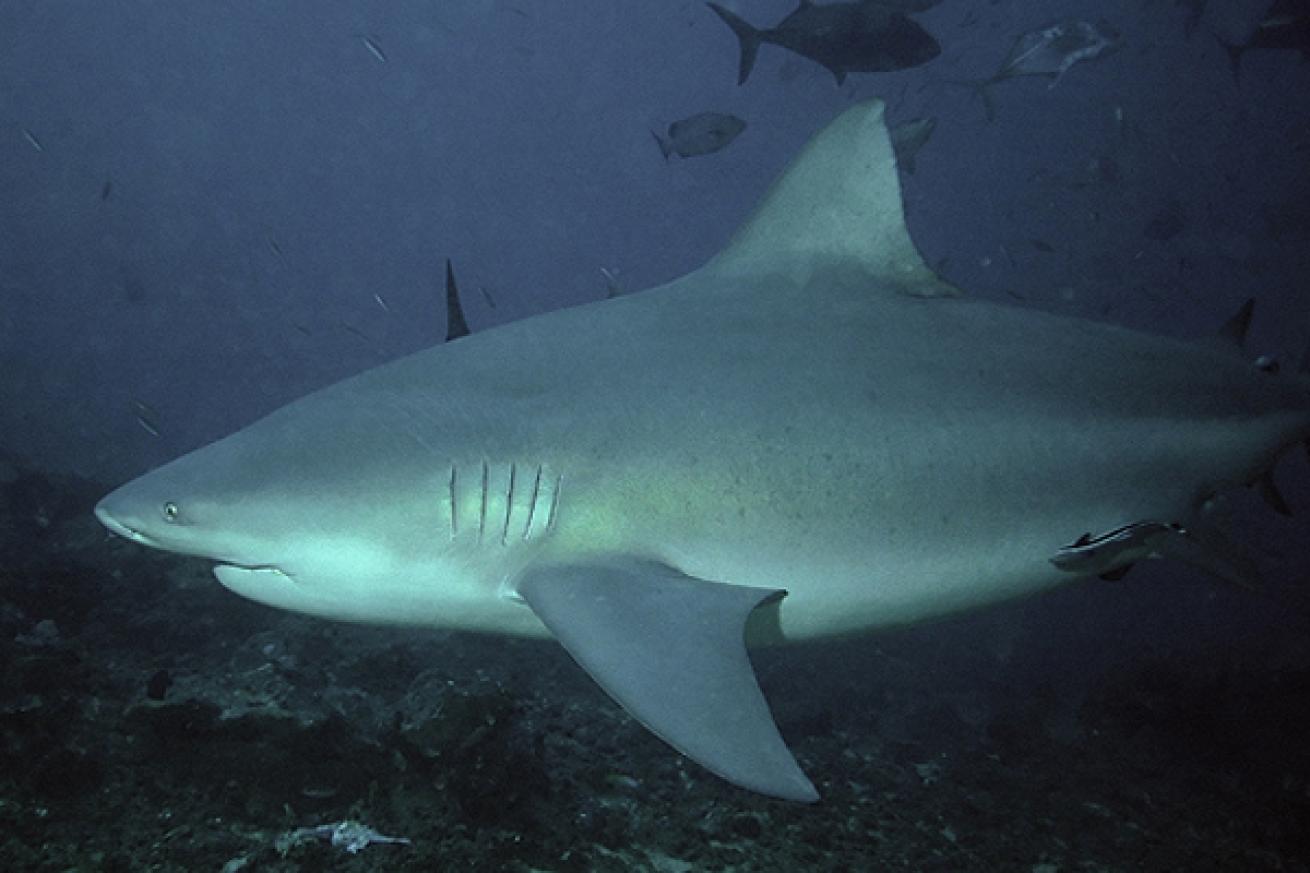
Terry Goss via Wikimedia CommonsKey Largo, Florida
Thick schools of barracuda collect around this wreck’s crow’s nest and other structures. The 327-foot-long former Coast Guard cutter lies in 120 feet of water, and the deck starts at 105 feet deep. Sunk in 1987, it has amassed a coating of orange cup corals and sponges. Currents here attract the occasional bull shark and other exciting predators.
West Bank, Flower Garden Banks National Marine Sanctuary - Gulf of Mexico
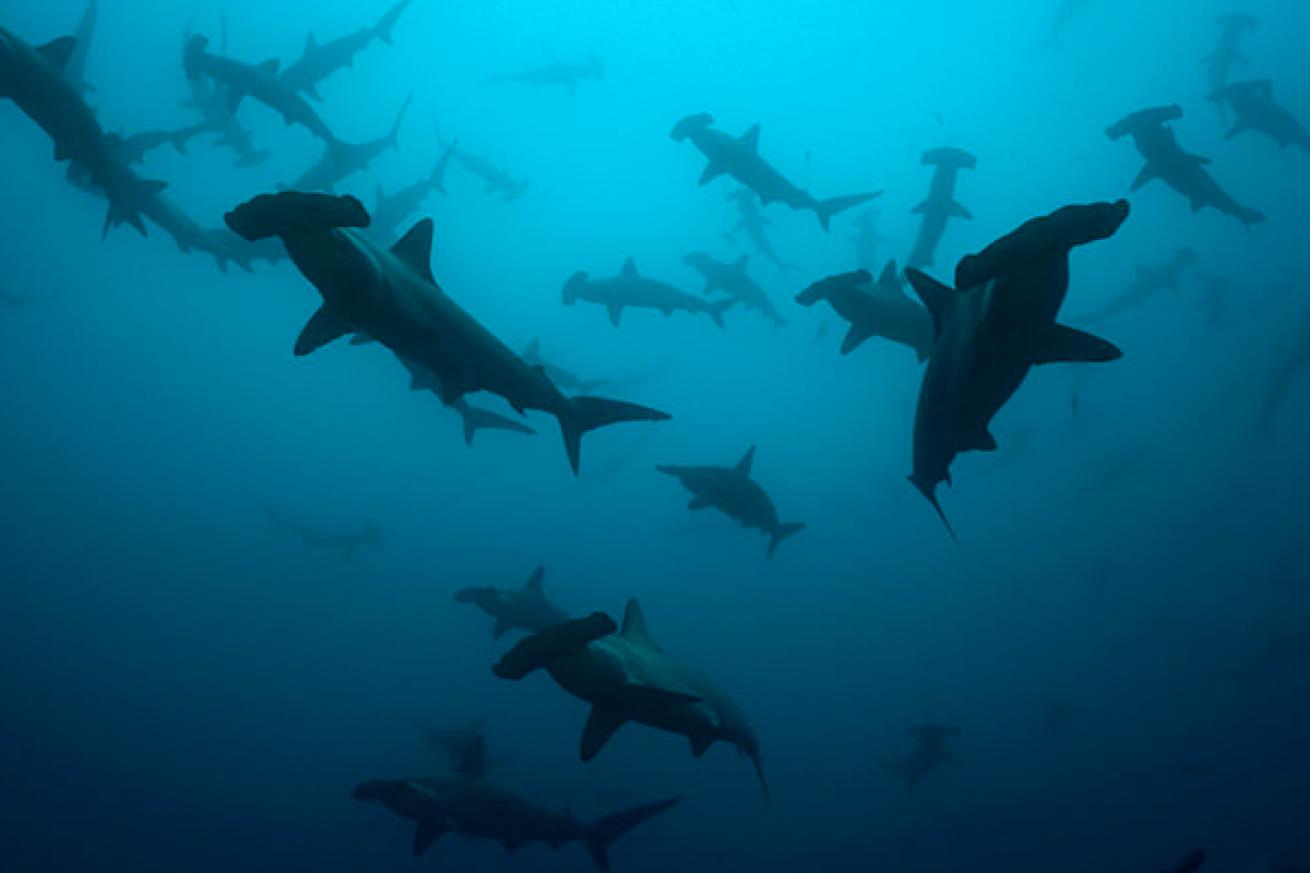
Xvic via Wikimedia CommonsGulf of Mexico
The Flower Garden Banks National Marine Sanctuary, 100 miles offshore, is a meeting point for whale sharks in August and hammerheads February through May. This coral-covered reef thrives atop a salt dome rising from the seafloor. Currents can rip, or disappear.
Dive Deeper: The Best Diving Sites in Flower Garden Banks National Marine Sanctuary
Second Cathedral - Lanai, Hawaii
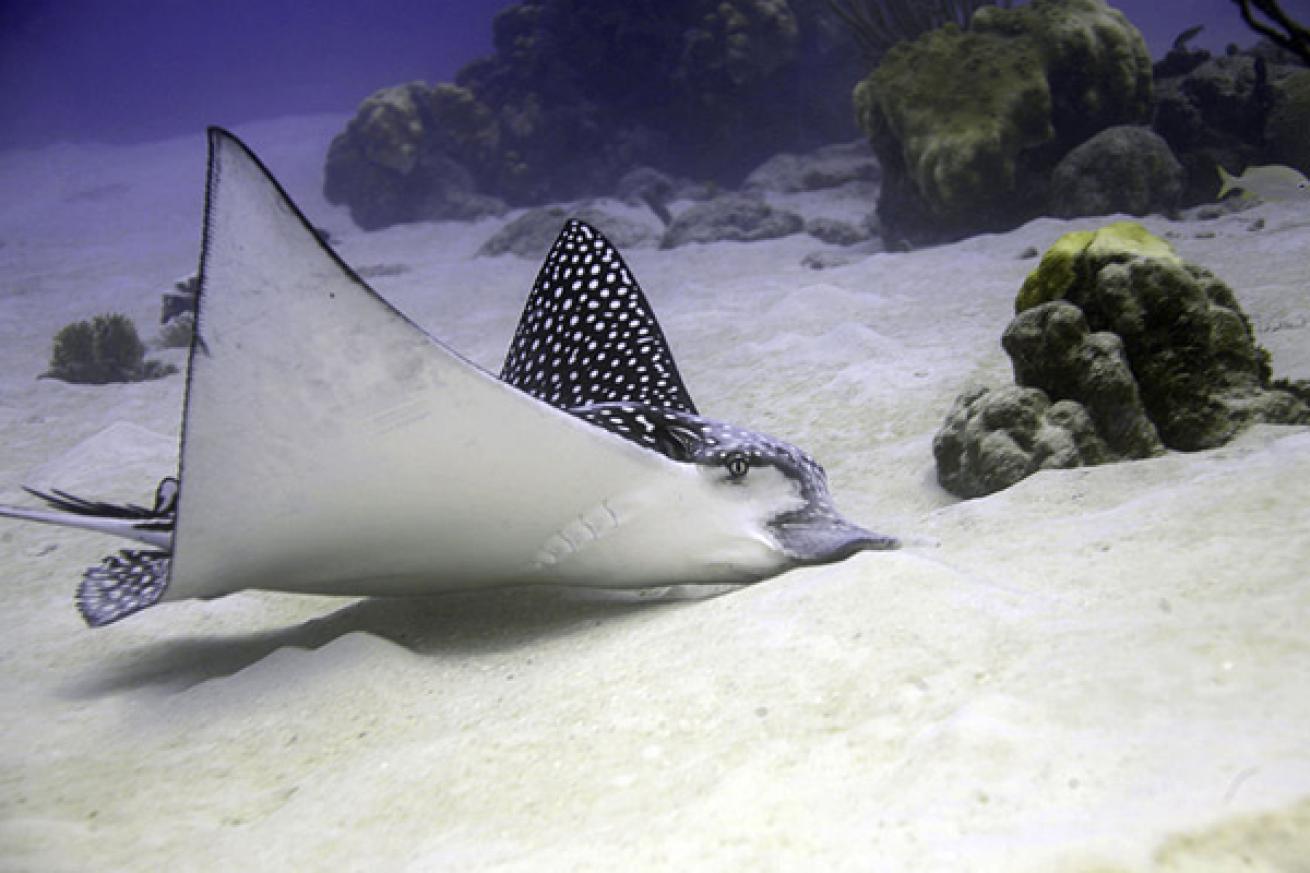
Marissa927 via Wikimedia CommonsLanai, Hawaii
“You get an idea how the island formed,” says Lahaina Divers’ Erica Heller of this Lanai landmark site with prolific lava structures. Start by swimming through a canyon with walls rising 40 feet, and then descend to 75 feet to a 30-foot-tall lava arch. This site sees a sweeping array of wildlife, including turtles, eagle rays and dolphins, as well as a healthy population of the endemics that have made Hawaii unique: longfin anthias, reticulated butterflyfish and saddle wrasse.
Dive Deeper: Dive Second Cathedrals in Lanai
Hyde - Wilmington, North Carolina
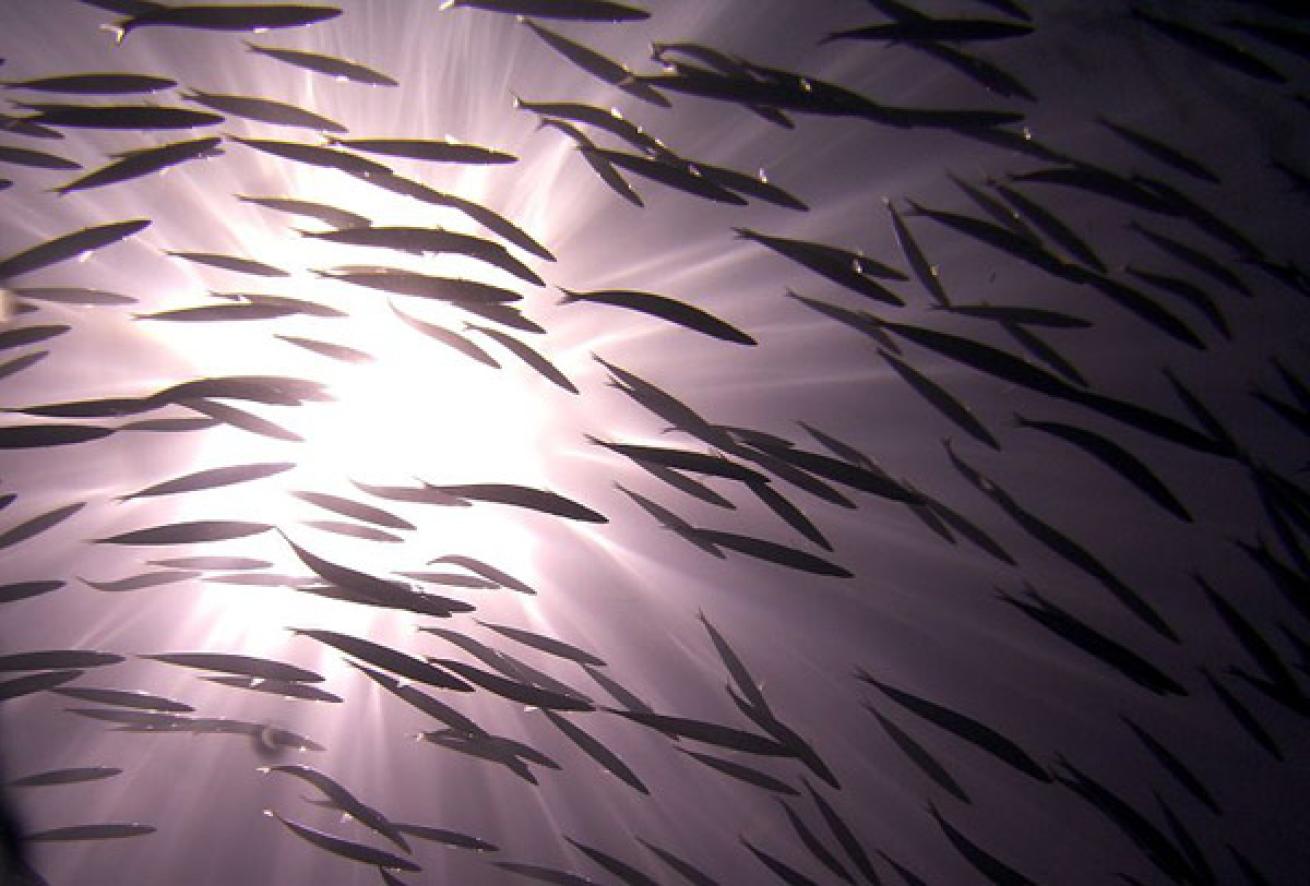
Tim Sheerman-Chase via Wikimedia CommonsWilmington, North Carolina
This purpose-sunk 215-foot-long hopper dredge outfitted with guns sits upright in 85 feet of water. Sand tiger shark sightings are common, as are sandbar sharks, nurse sharks, turtles, and schools of barracuda and amberjack. The wreck supports light penetration.
Guam’s Blue Hole
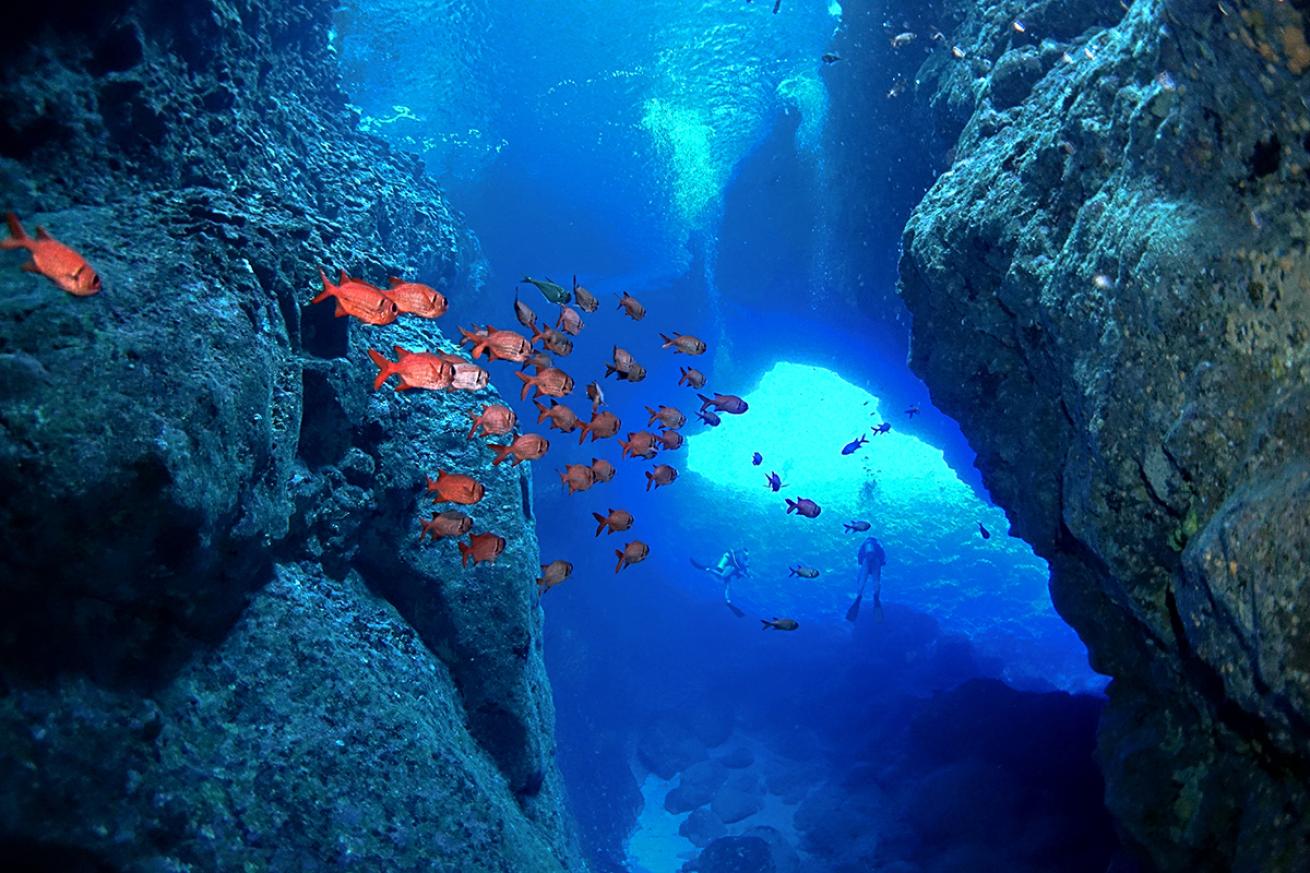
Shutterstock.com/Naima NiemandFish fin behind a diver exploring Guam's Blue Hole.
A crevice cracks open the ocean floor off the shore of the U.S. territory in Micronesia. This advanced dive is a 20-minute boat ride from shore; starts at 50 feet before bottoming out at 135 feet. Unicorn fish, tuna and sharks are known to appear.
Gray’s Reef National Marine Sanctuary, Georgia
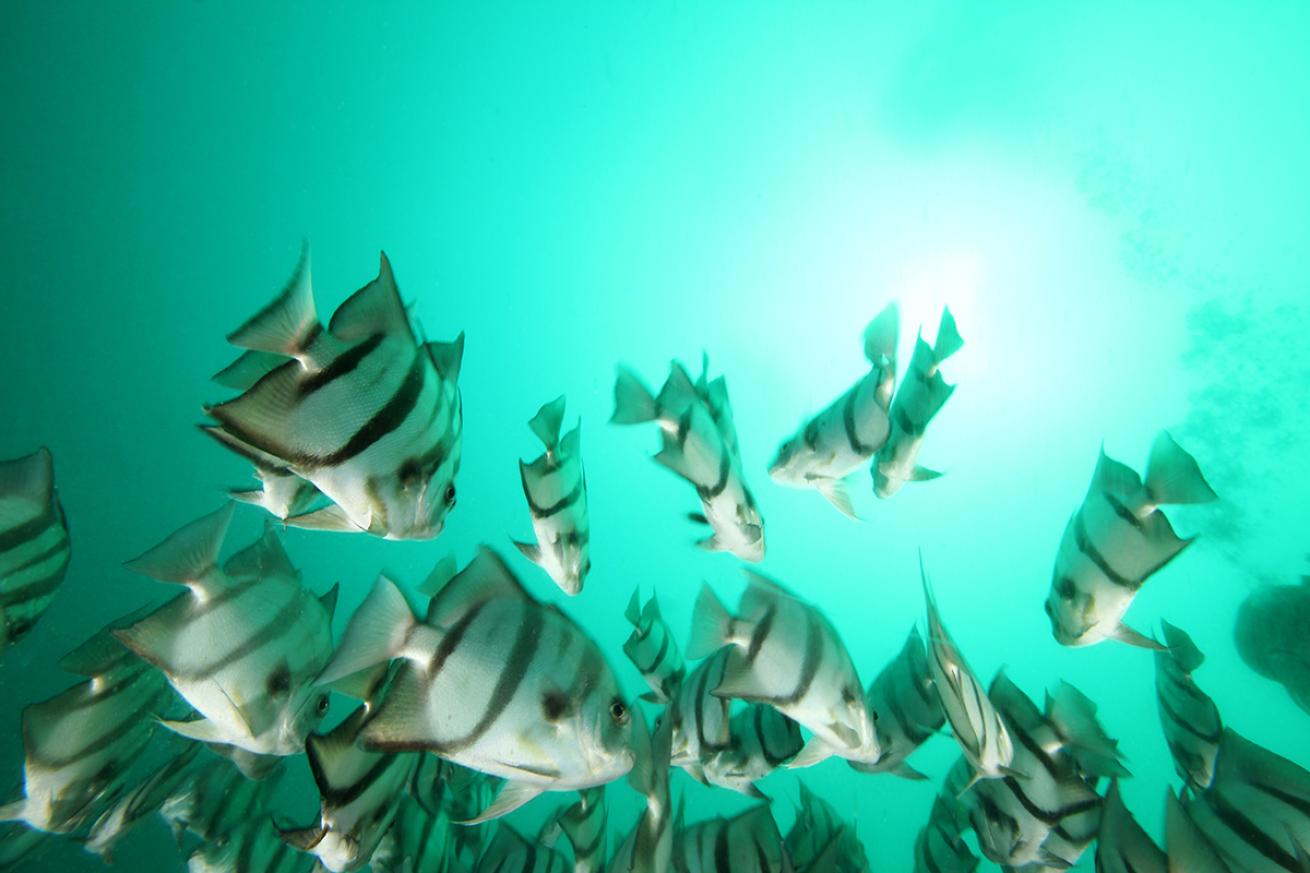
Shutterstock.com/Love LegoFish school in Gray's National Marine Sanctuary
Loggerhead sea turtles soar and spiny lobsters crawl among the more 200 fish species frolicking over the coral of this 22-square-mile marine park. Most of the fun is 50 to 70 feet deep, and currents can pose a challenge, but this often-overlooked Georgia site is worth it.
Dive Deeper: The Best Southeast USA Scuba Road Trip










